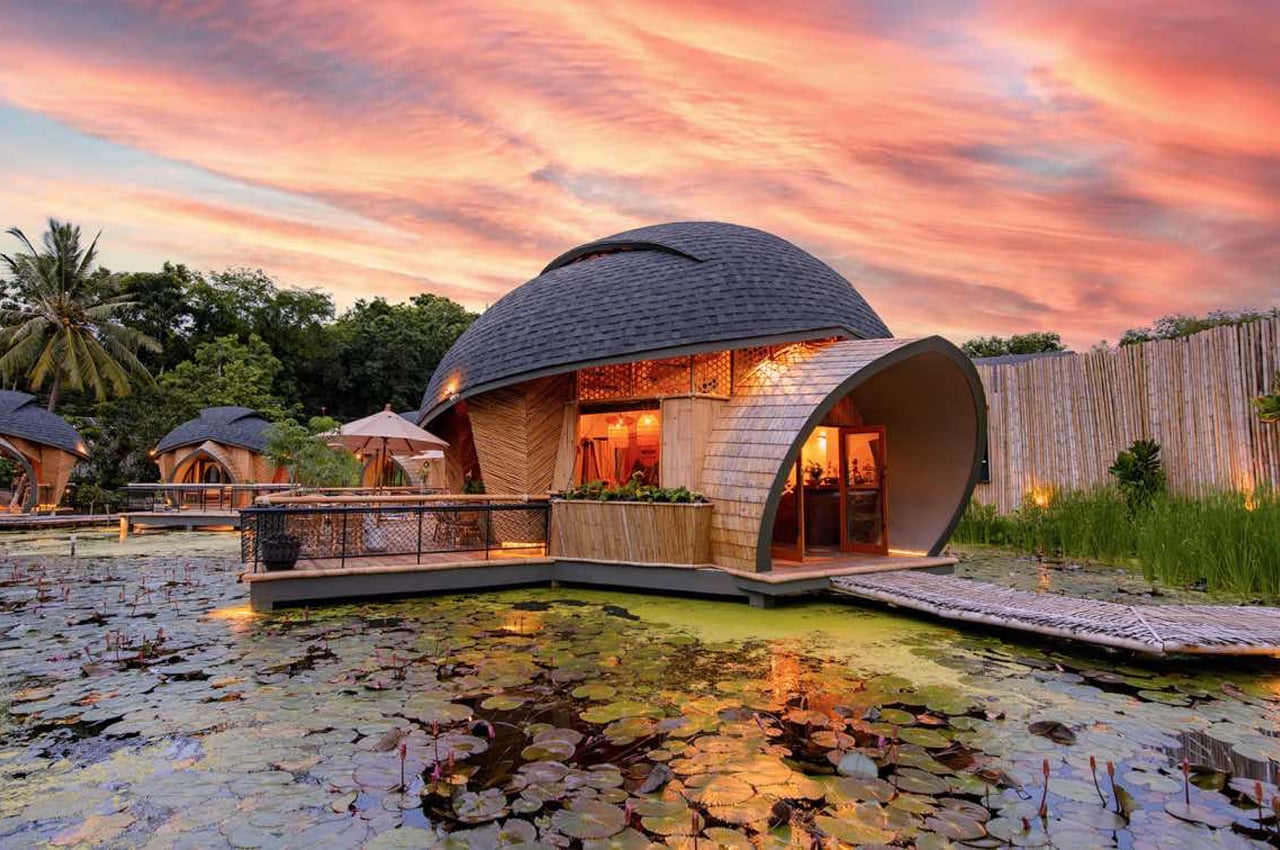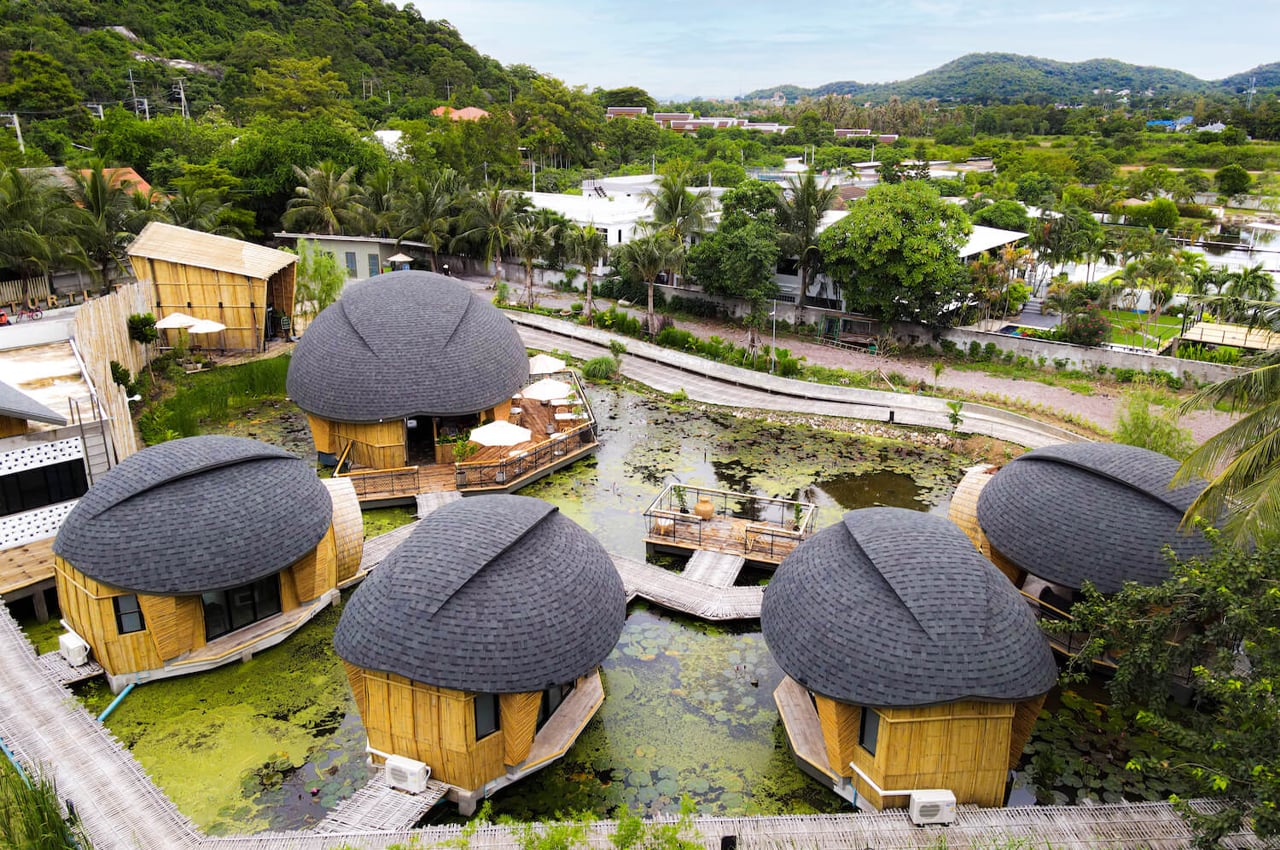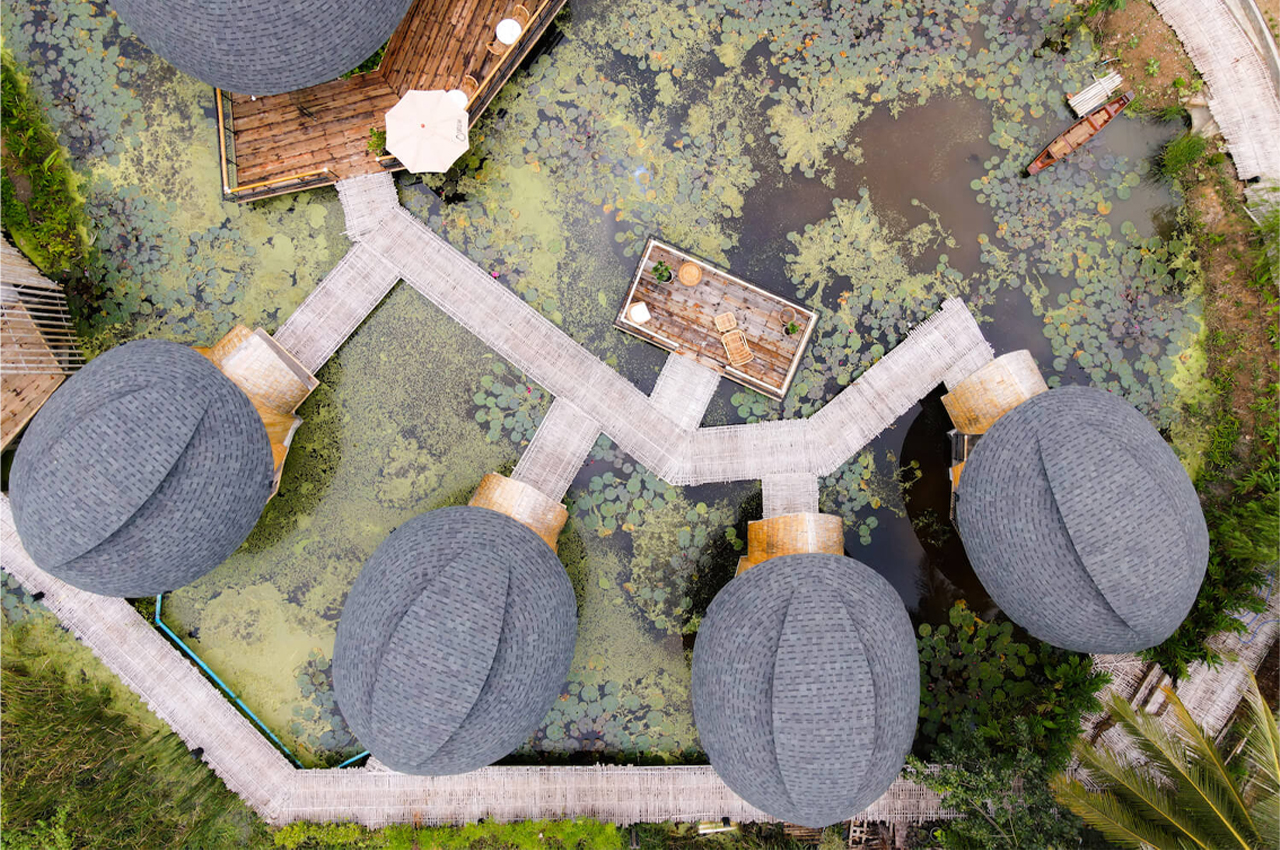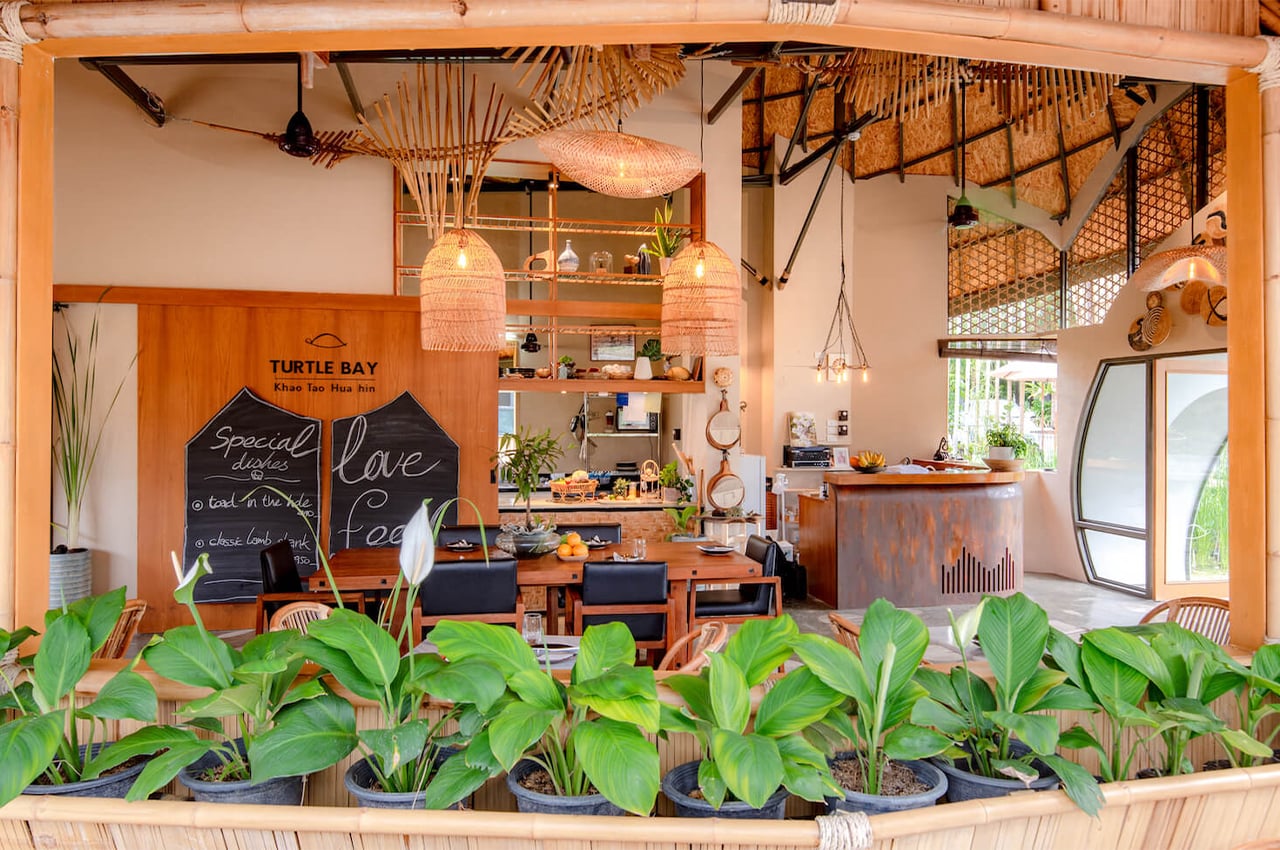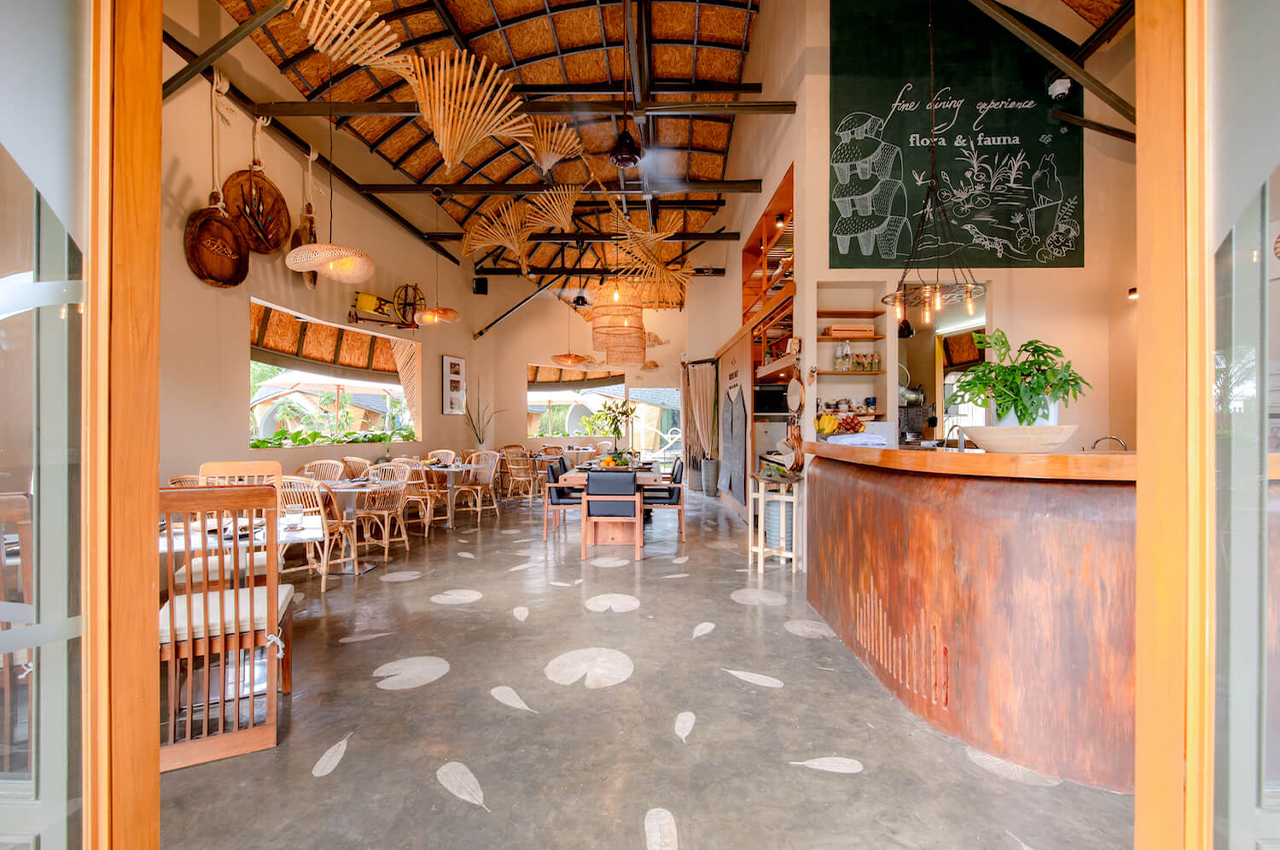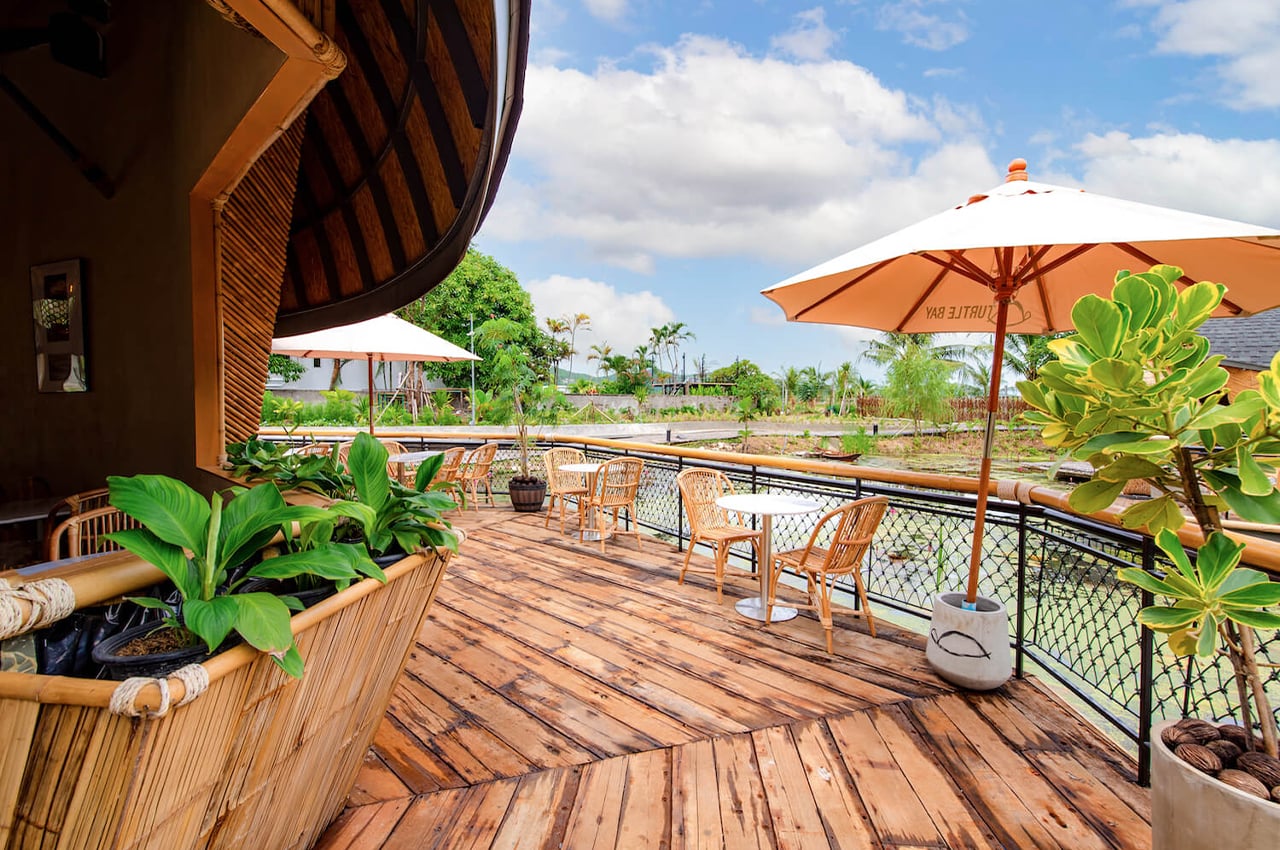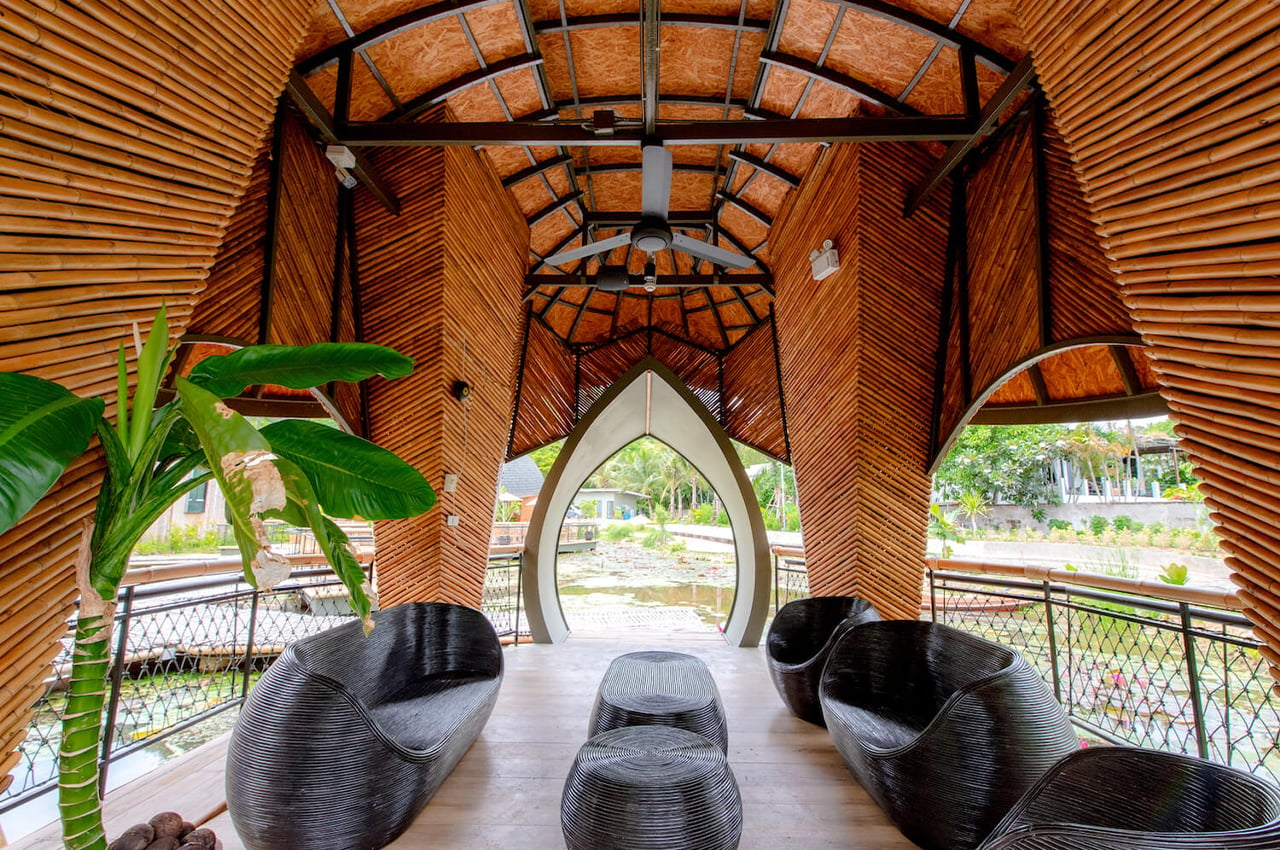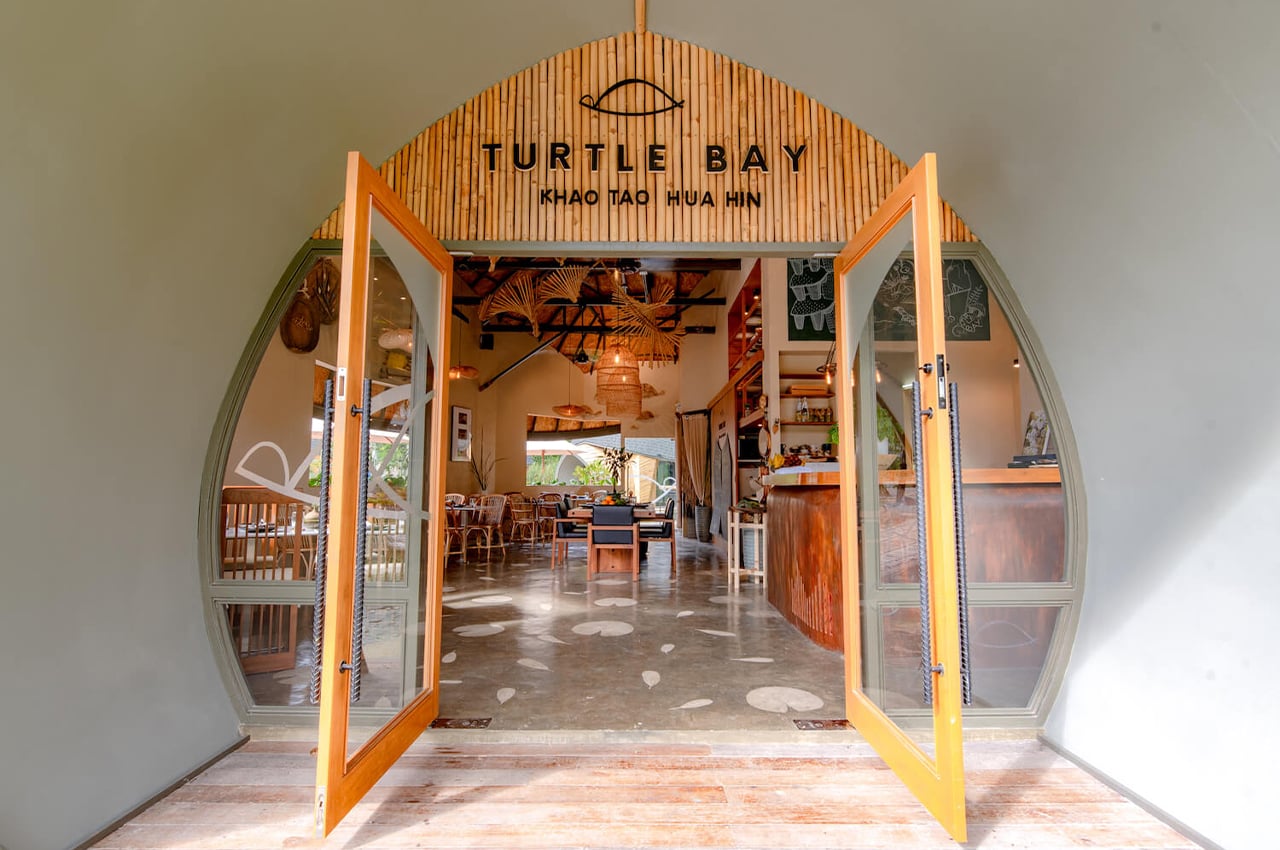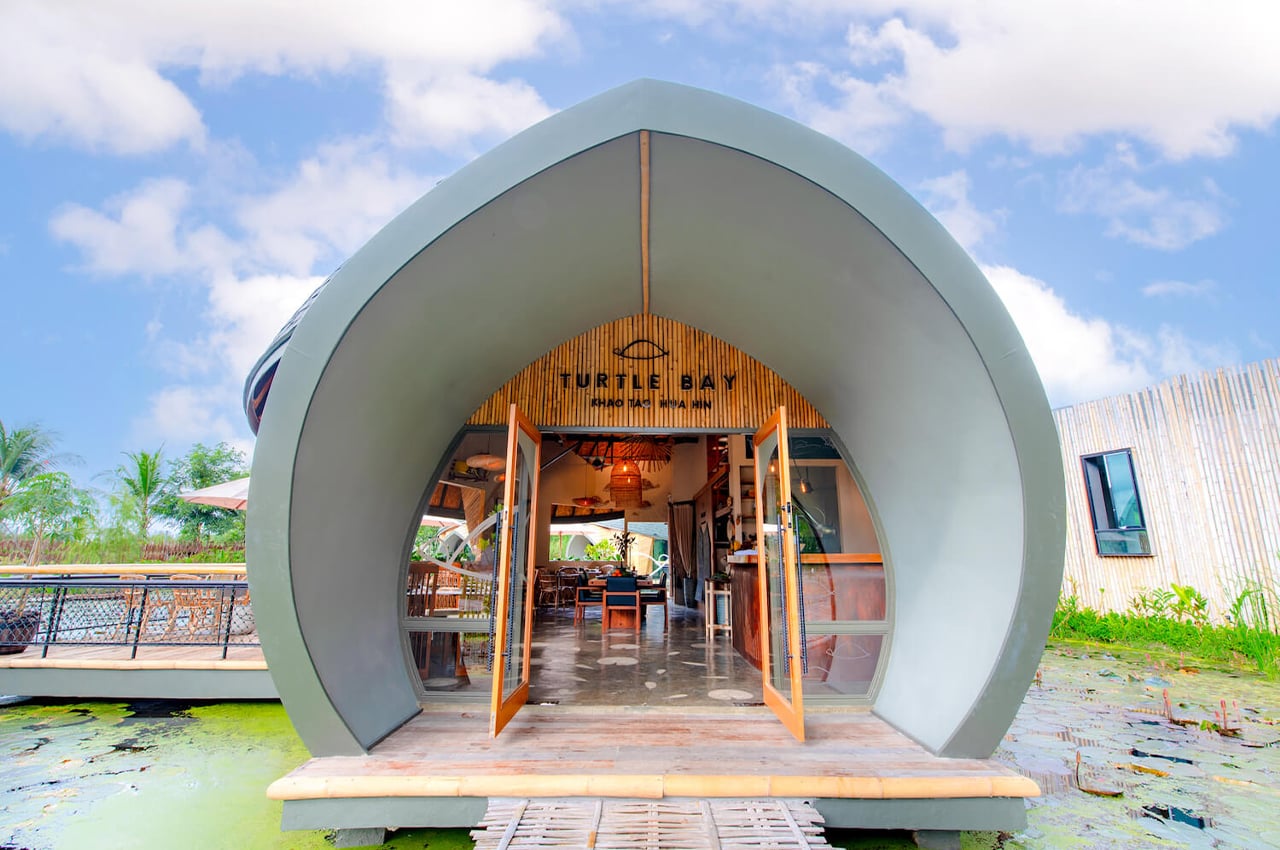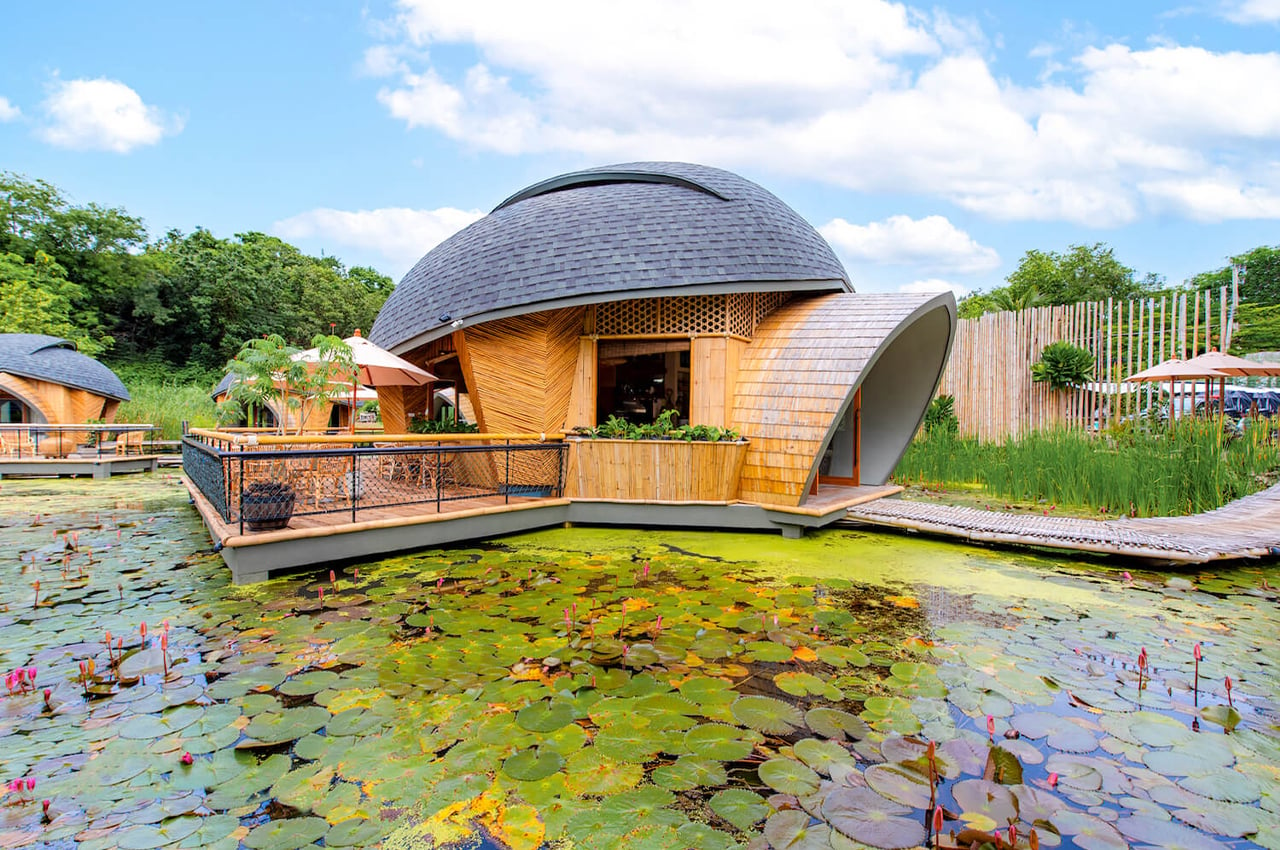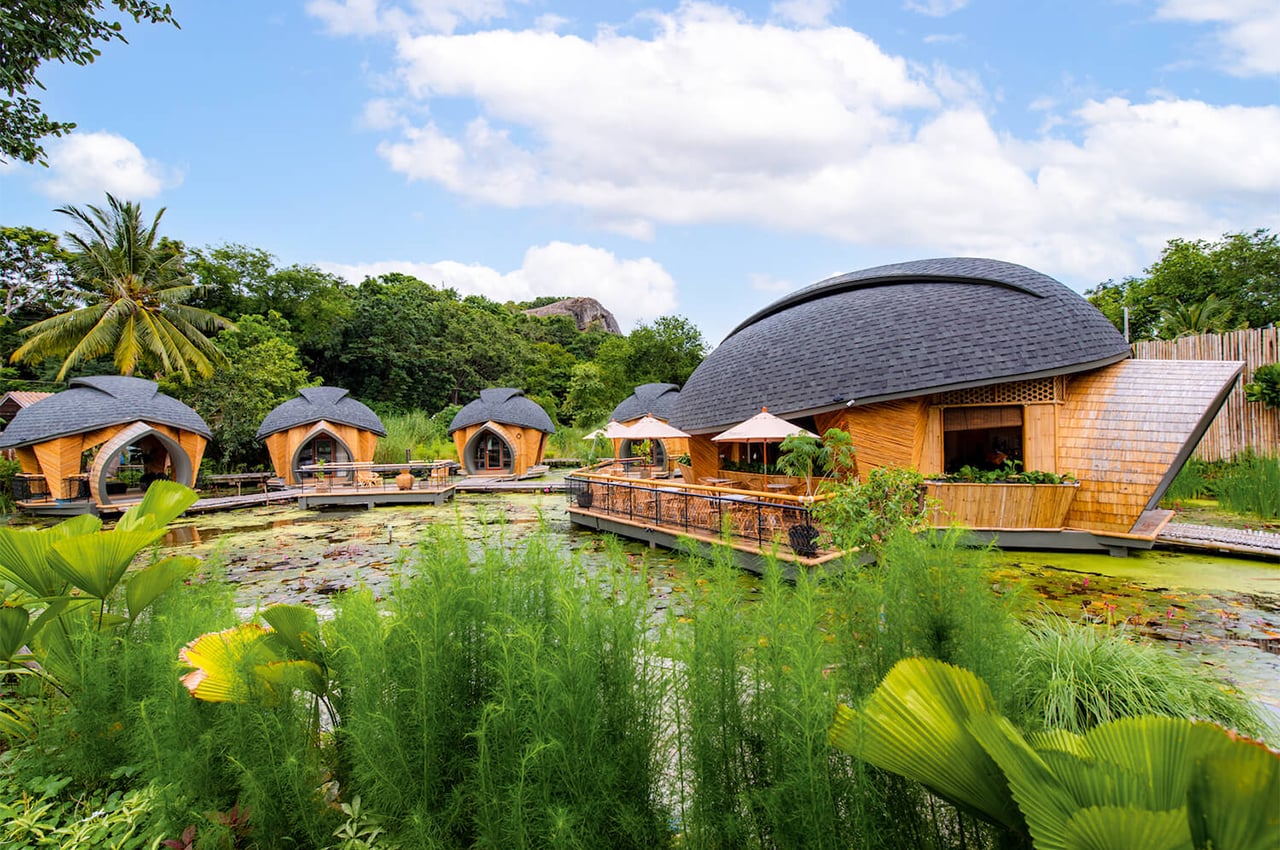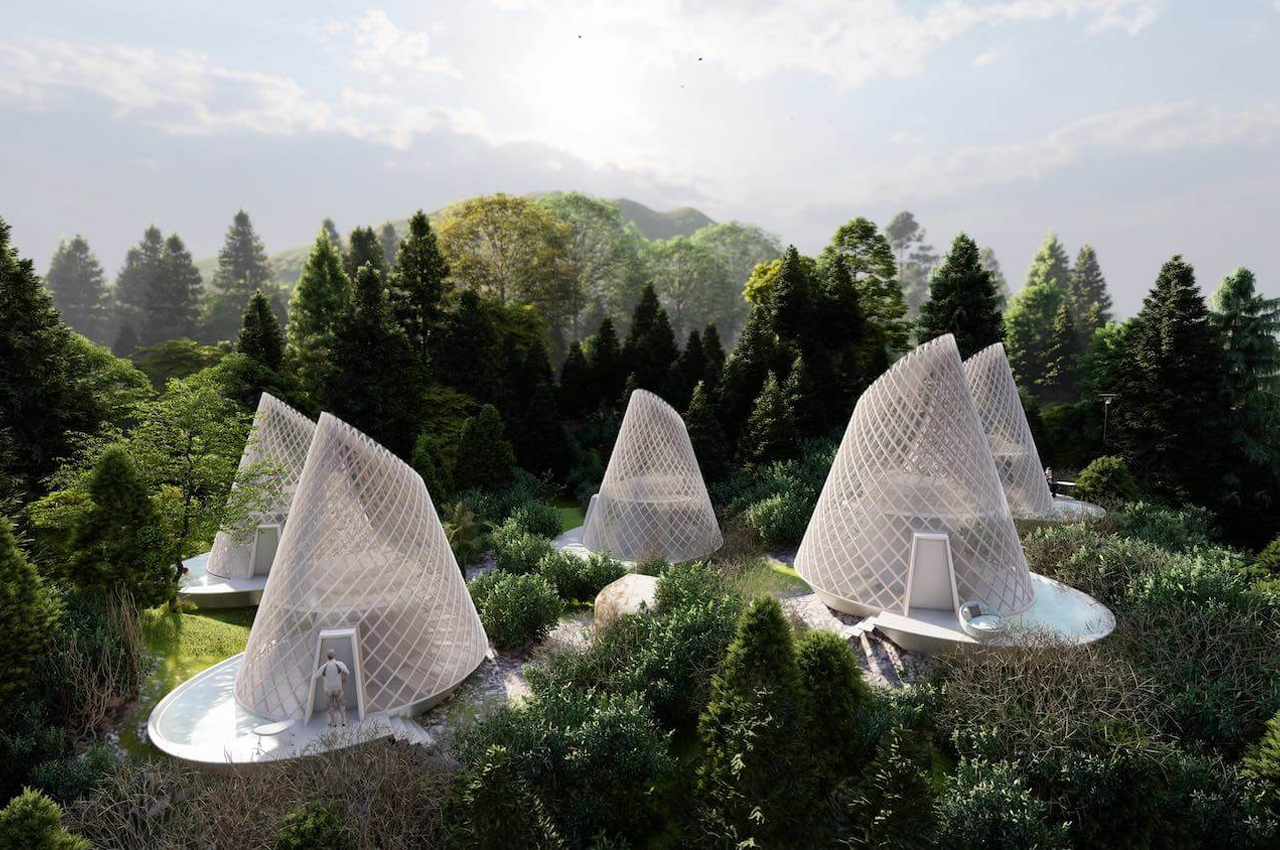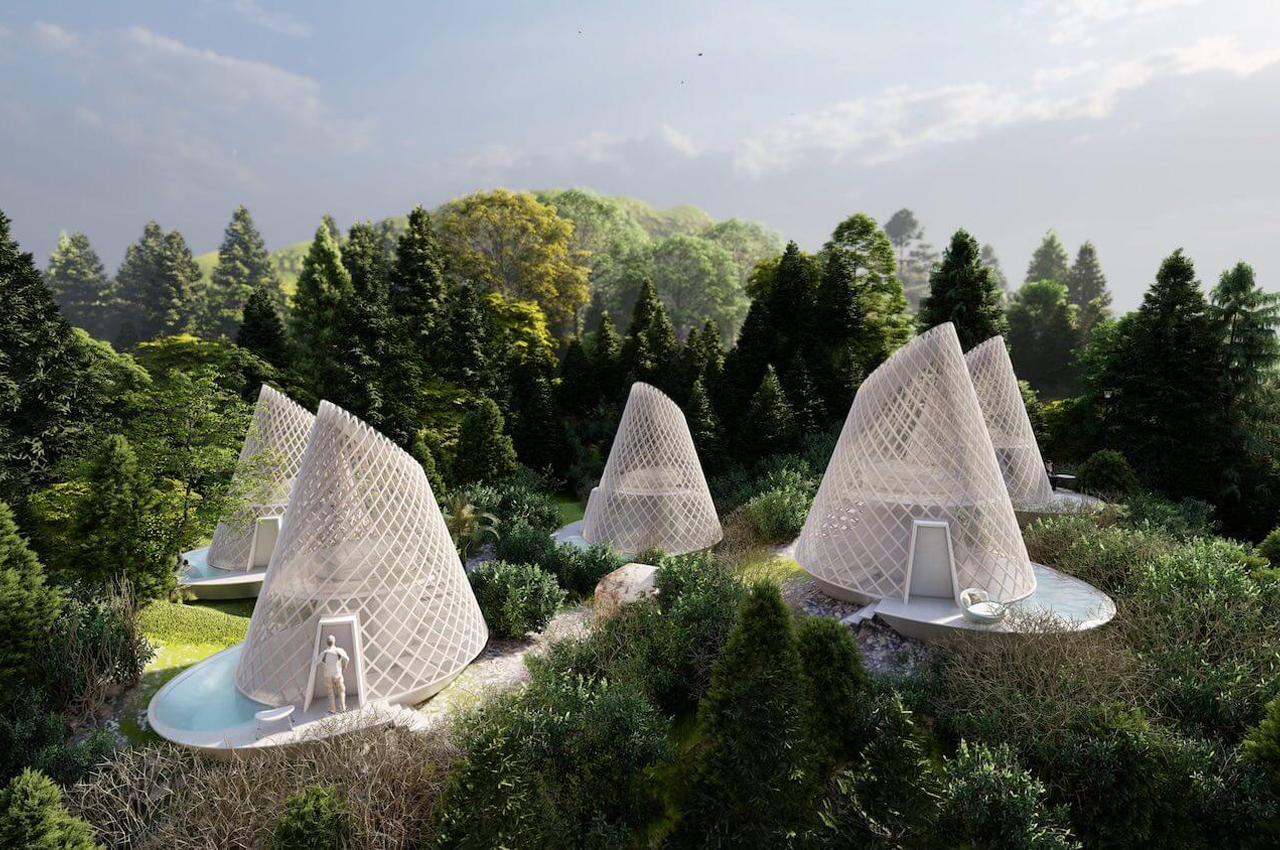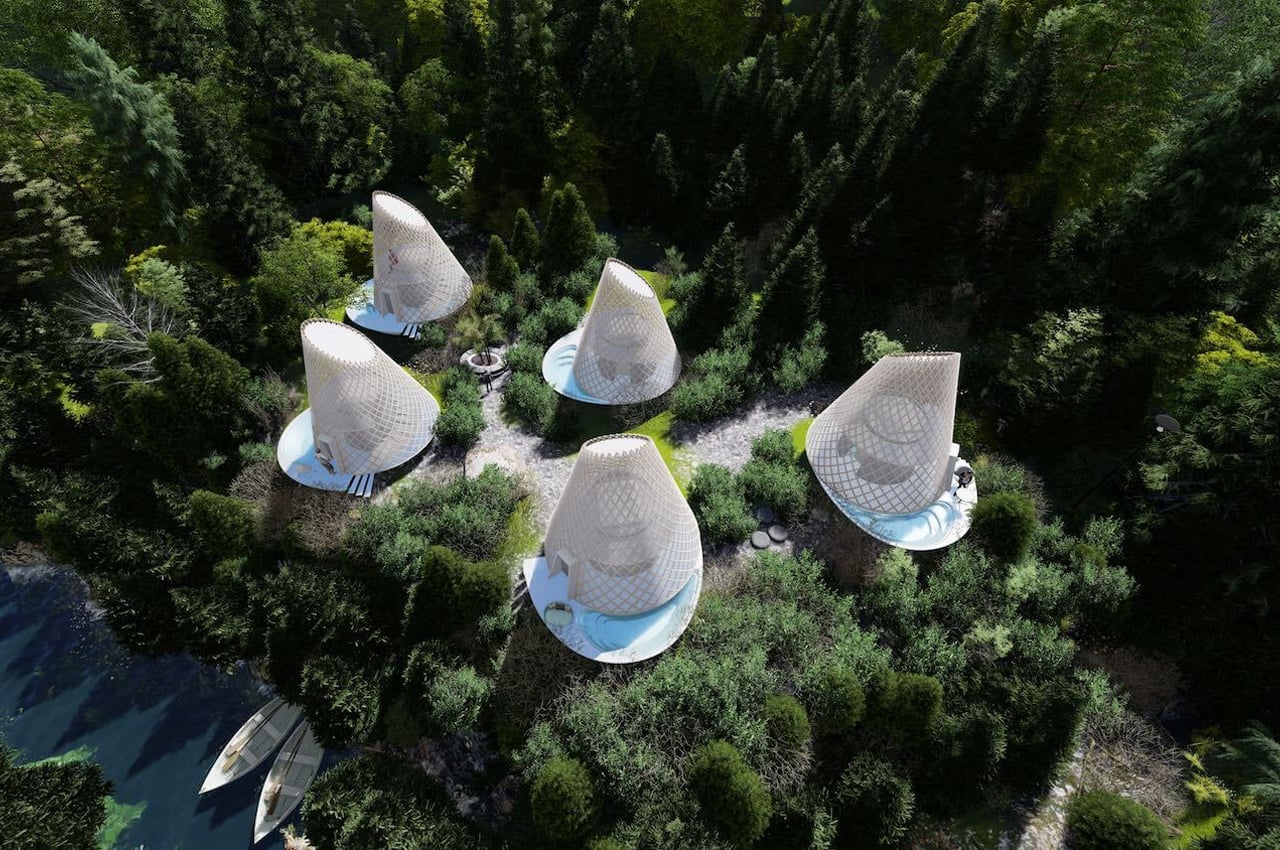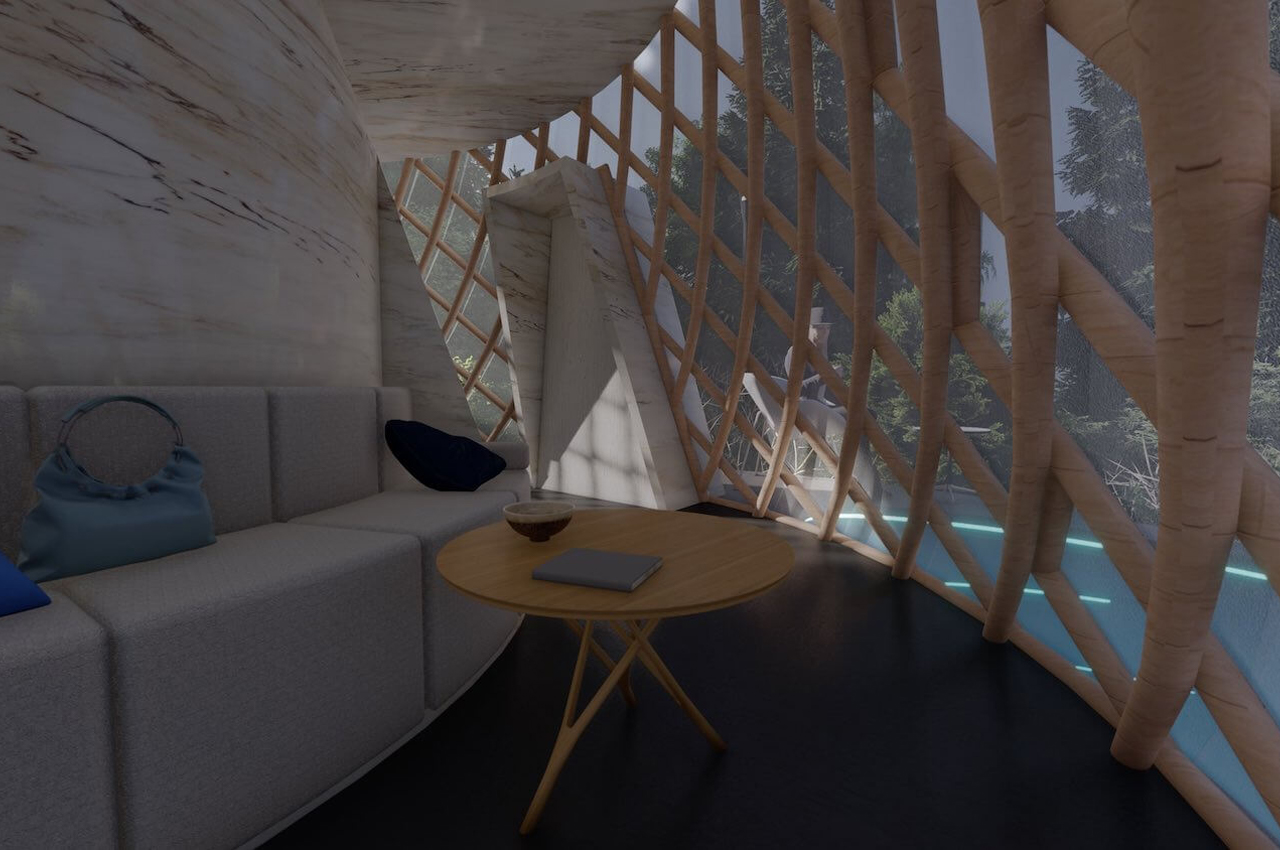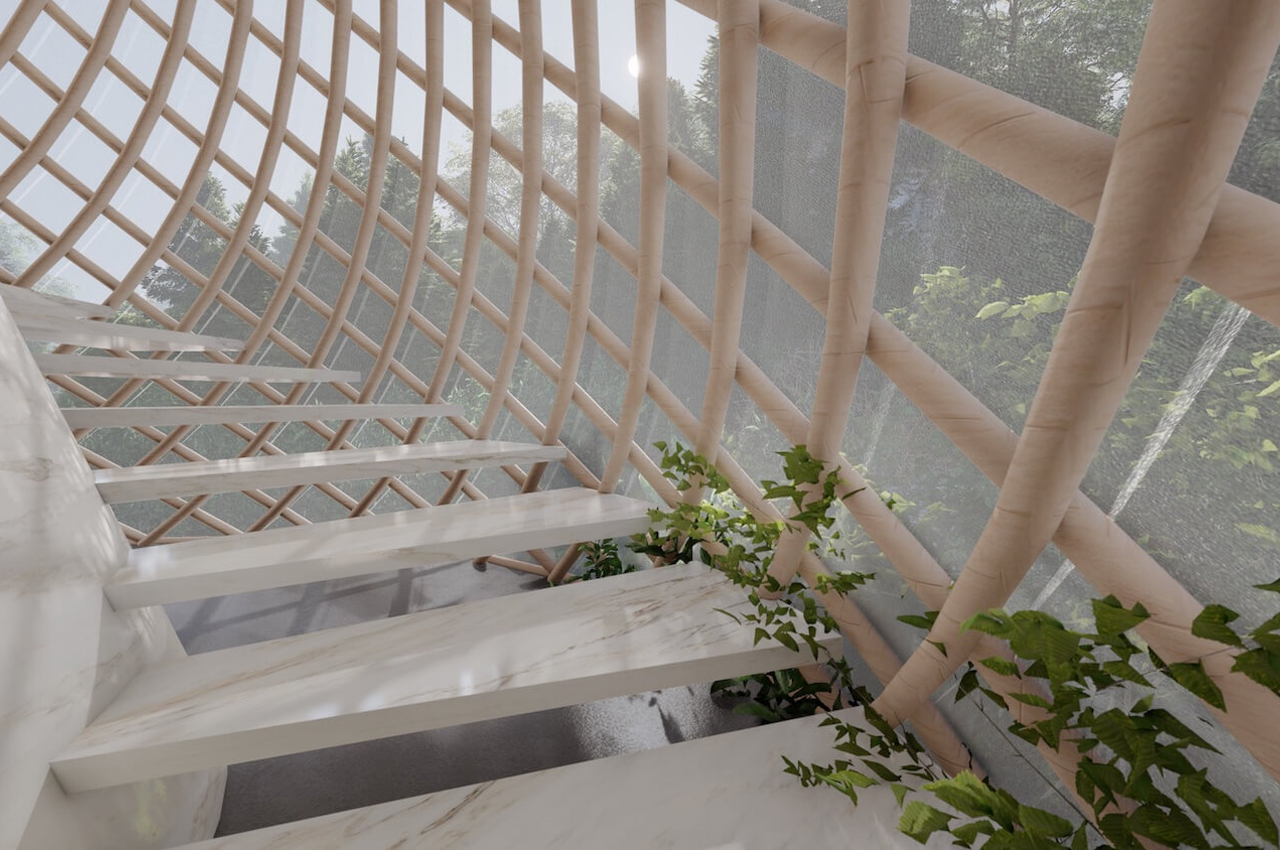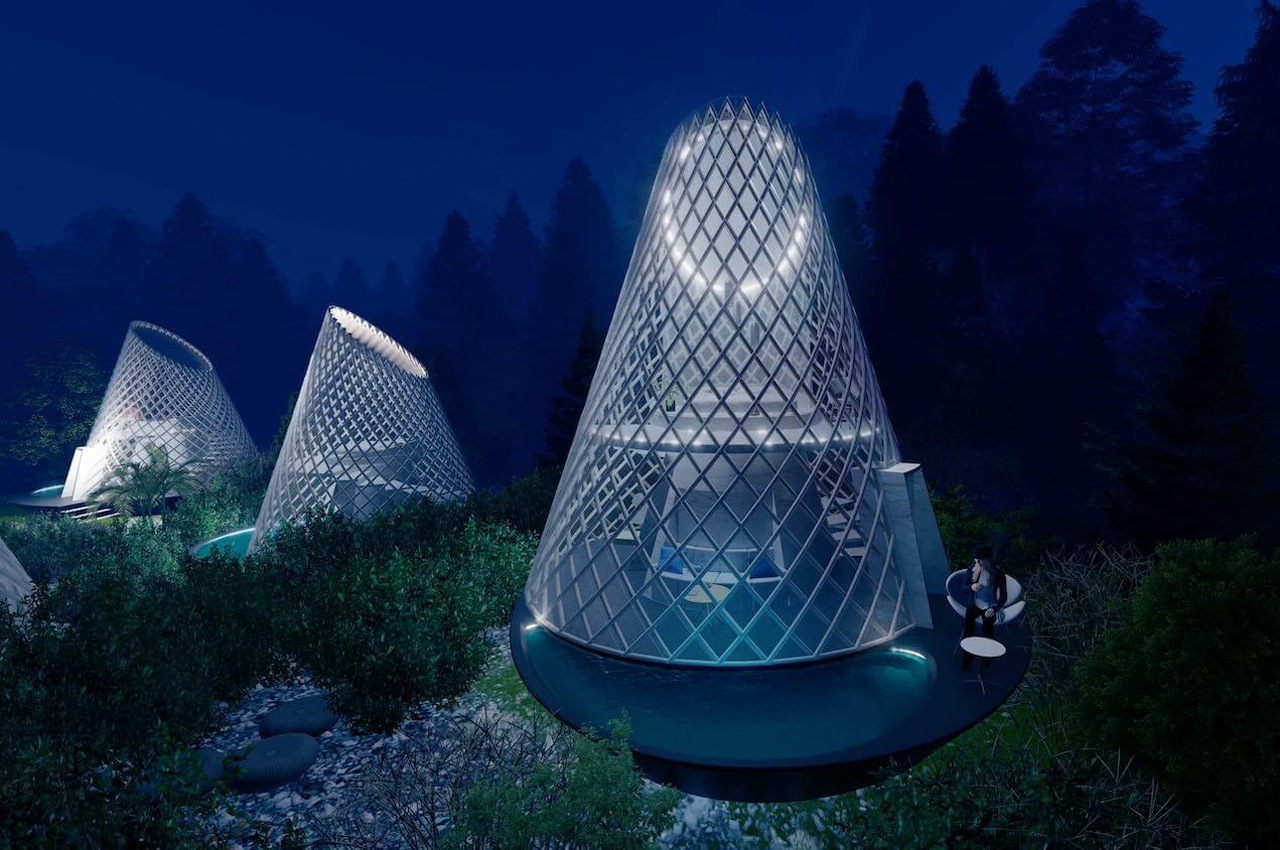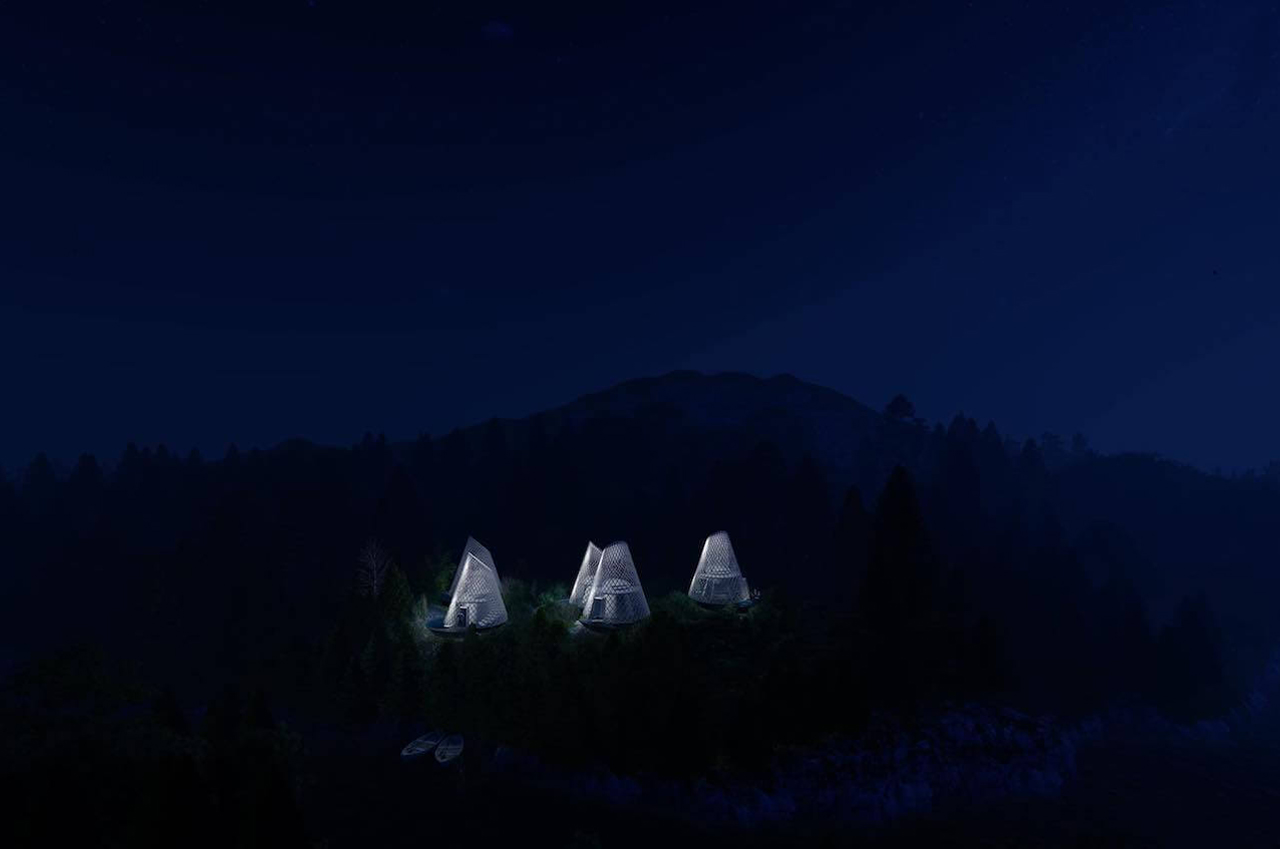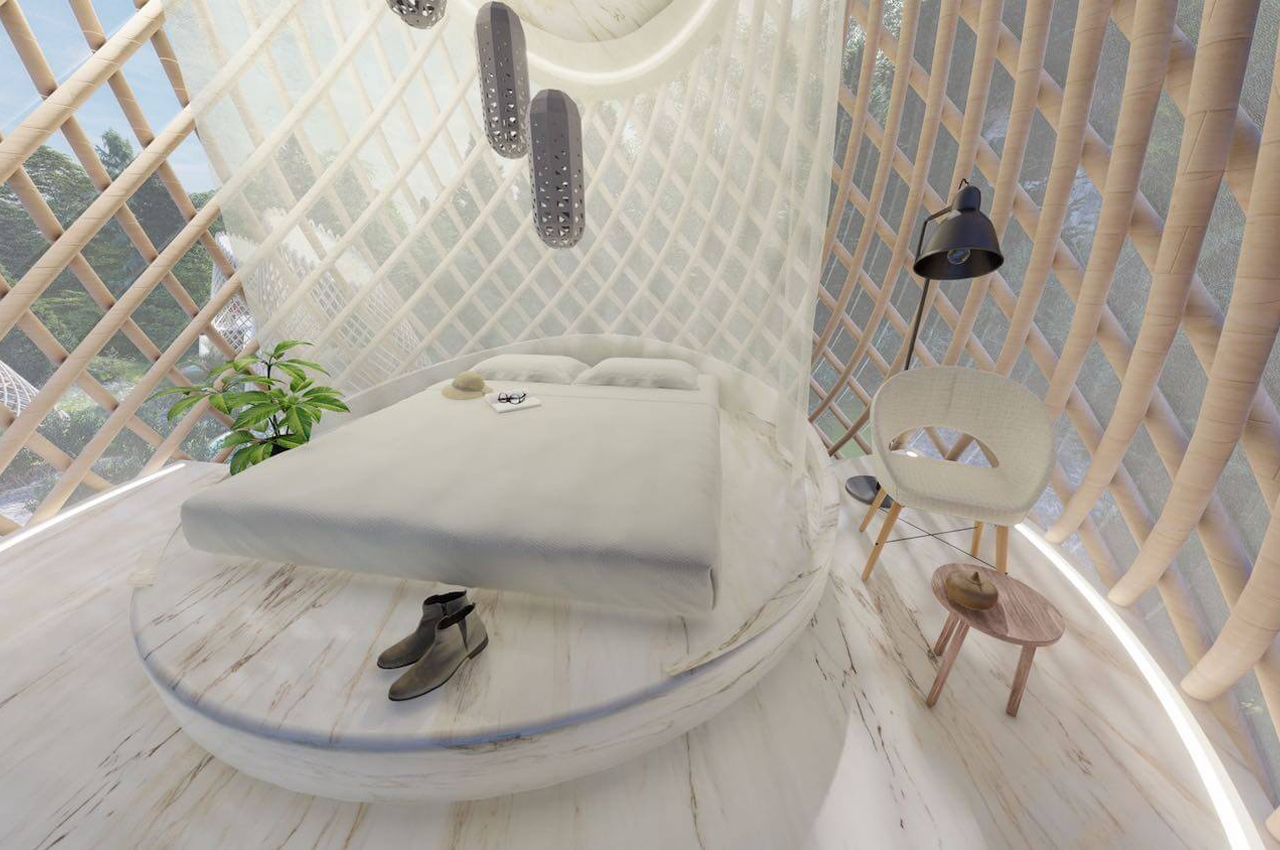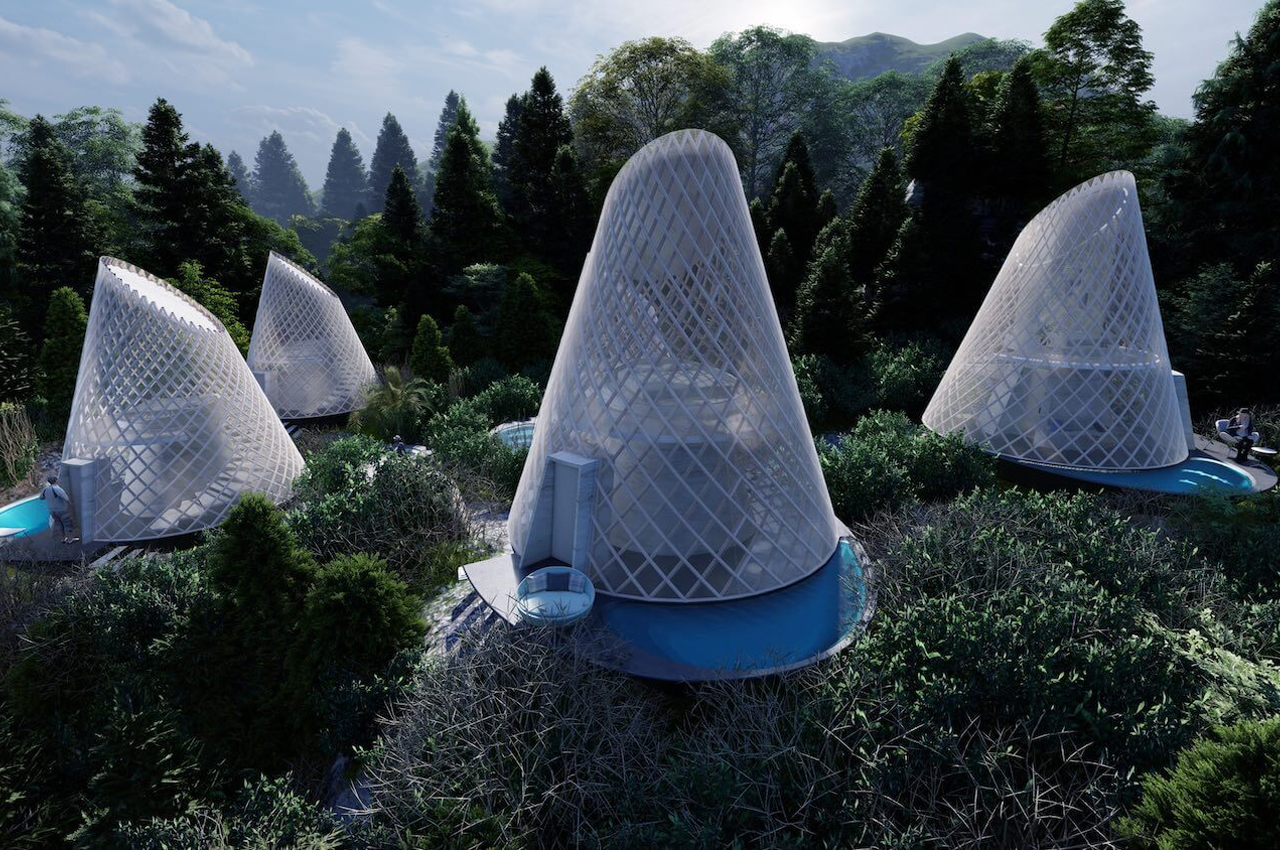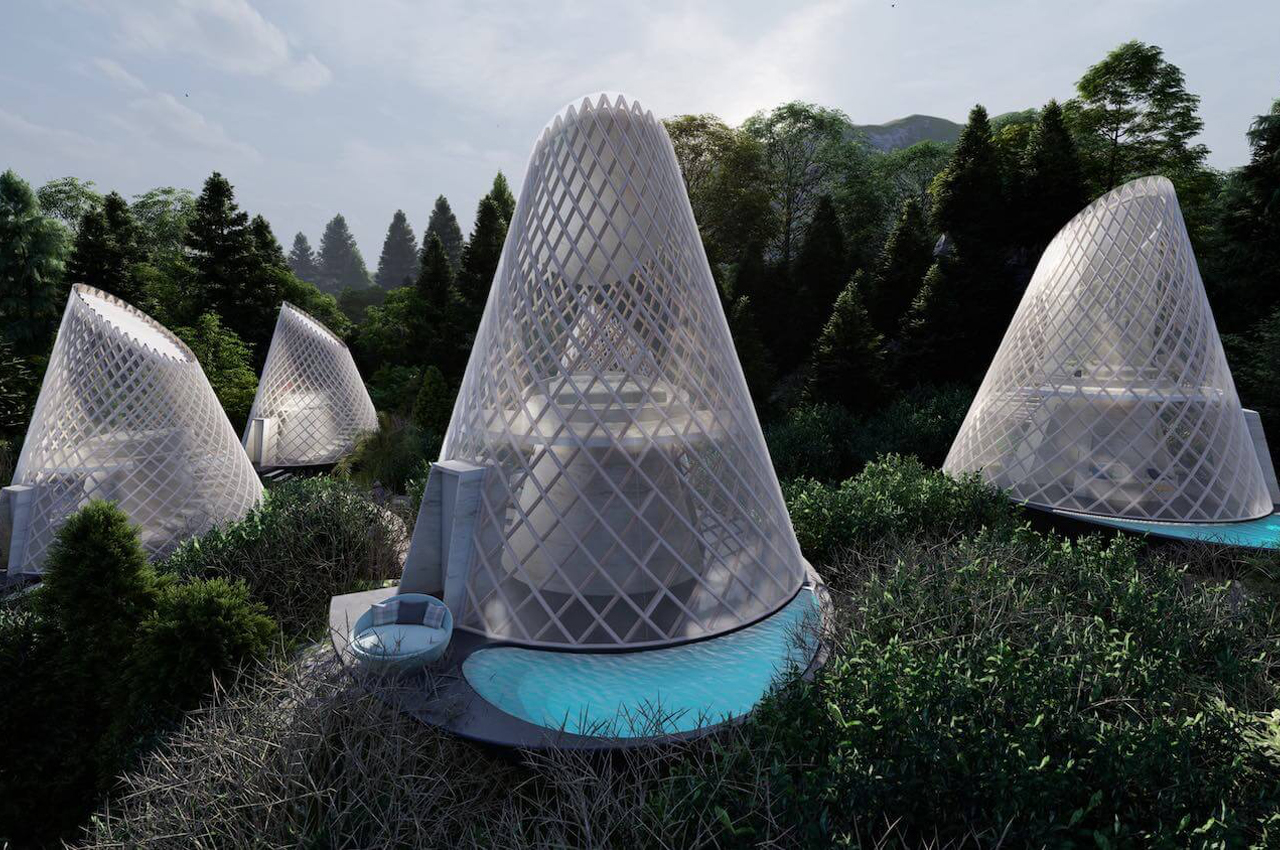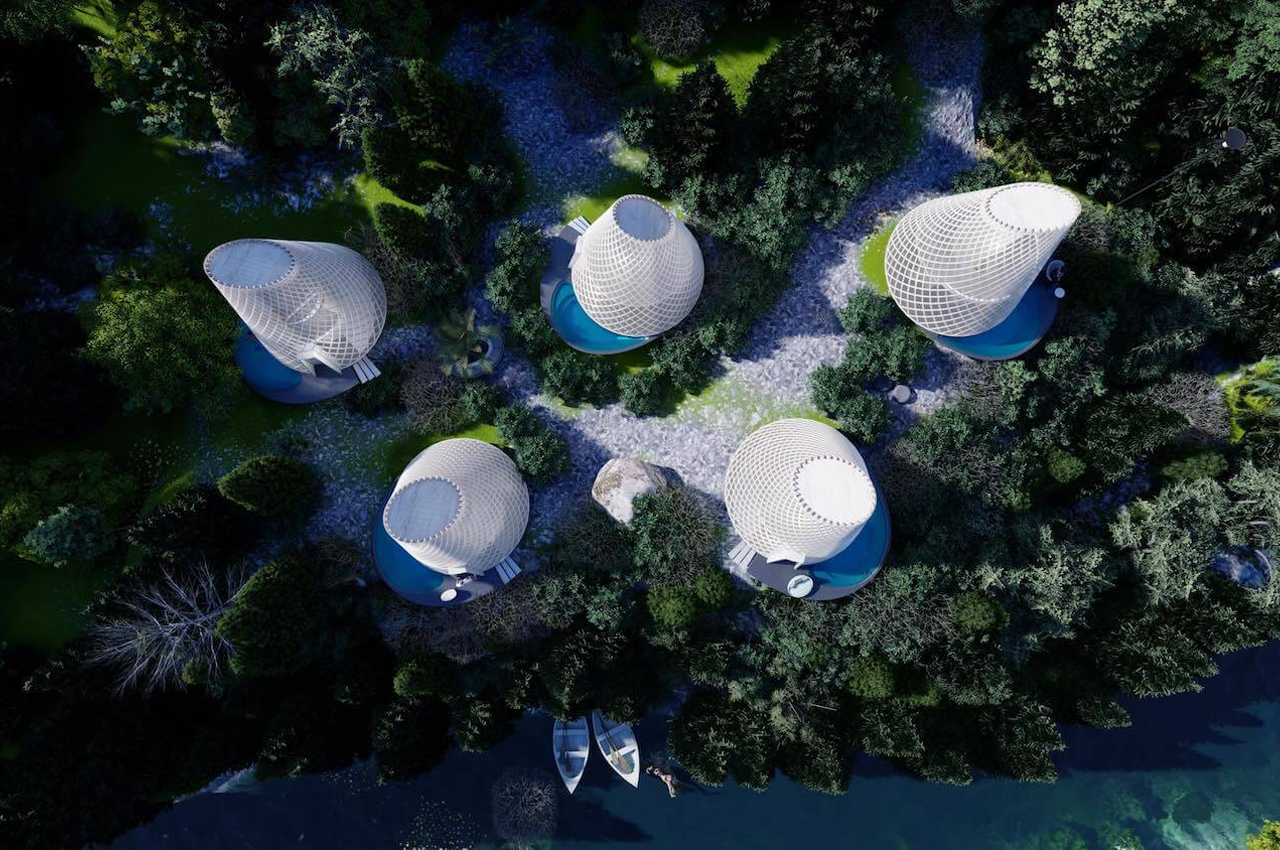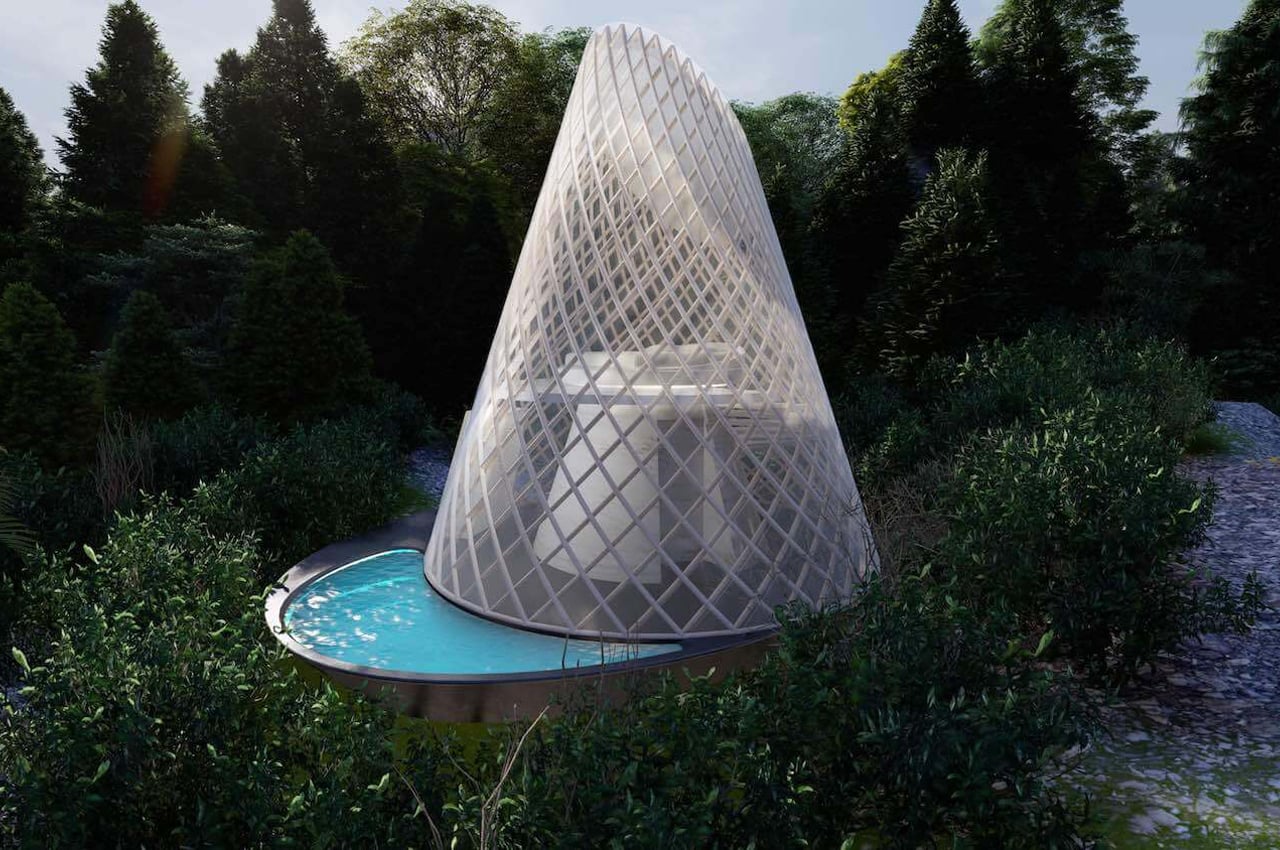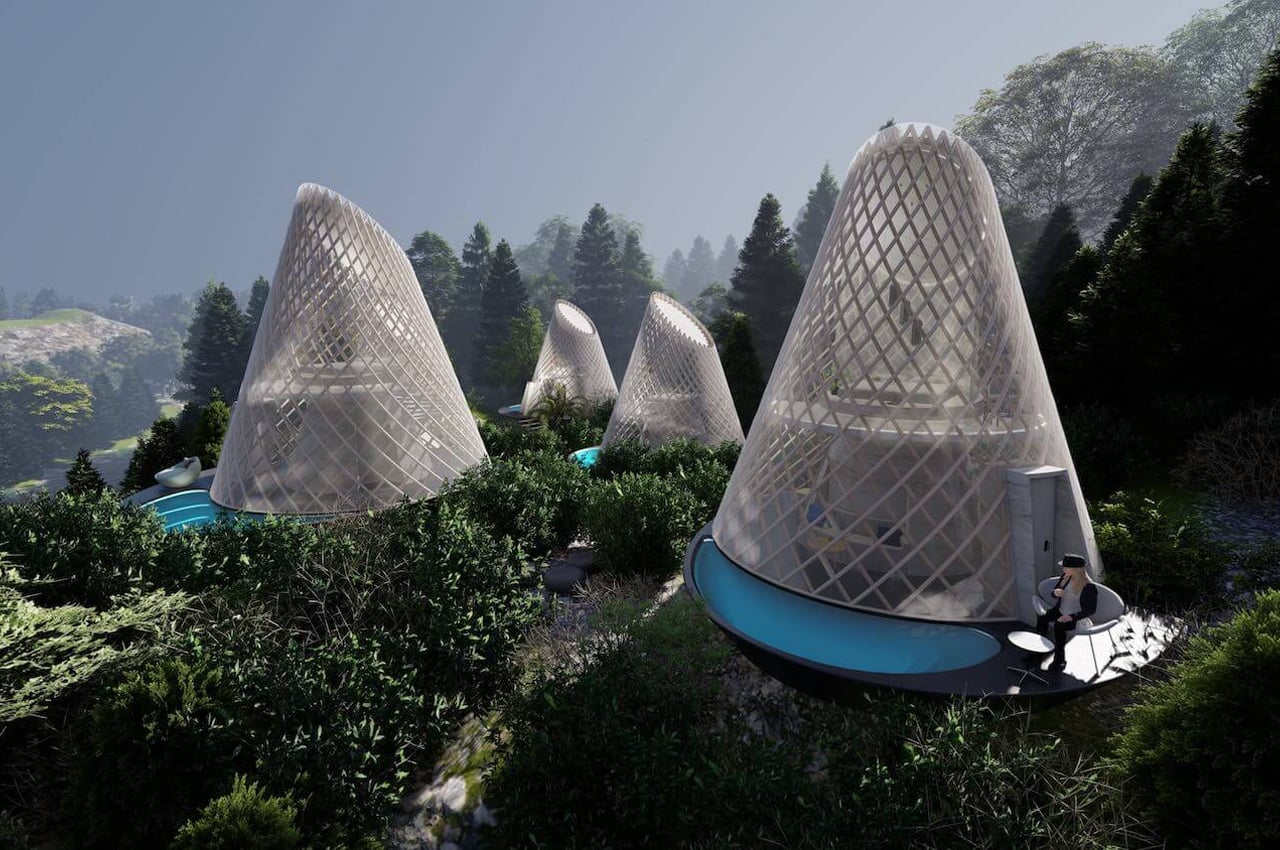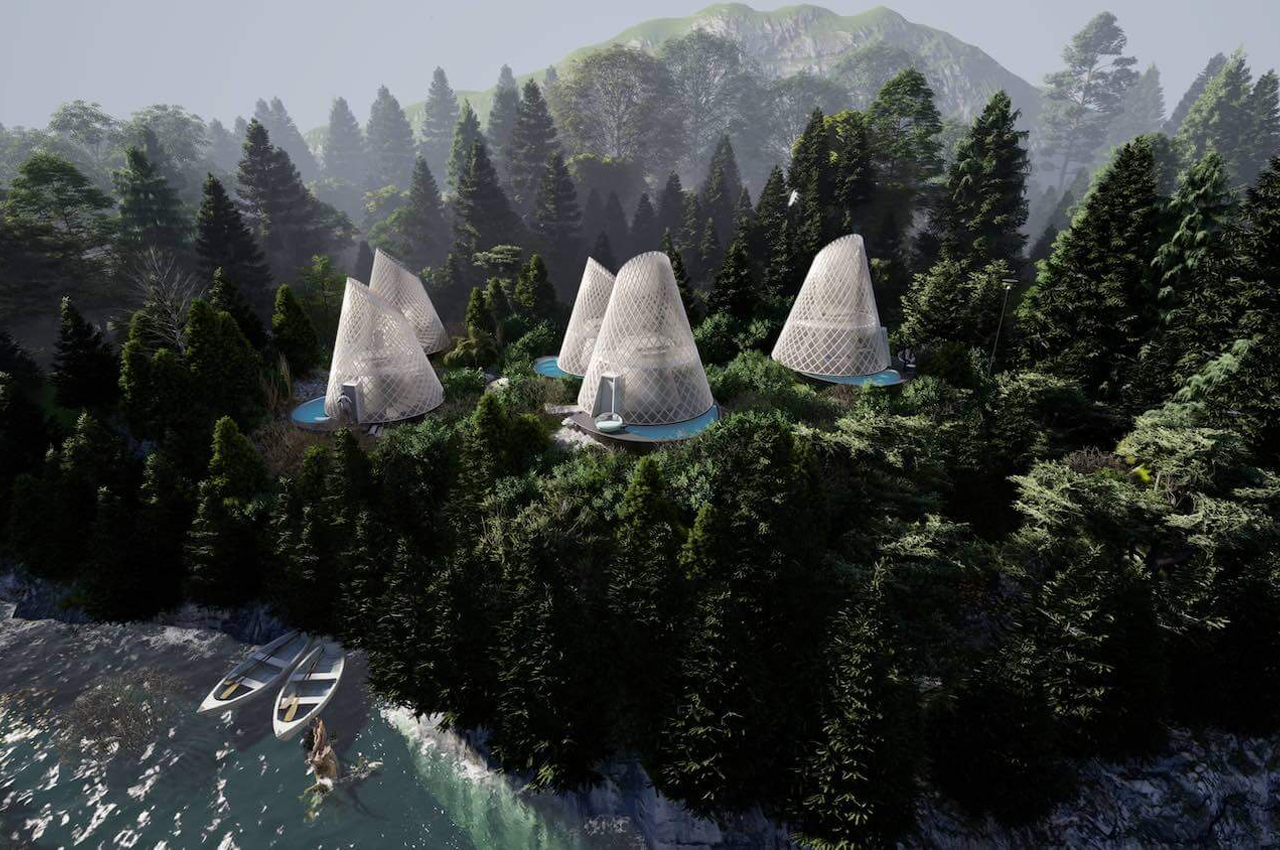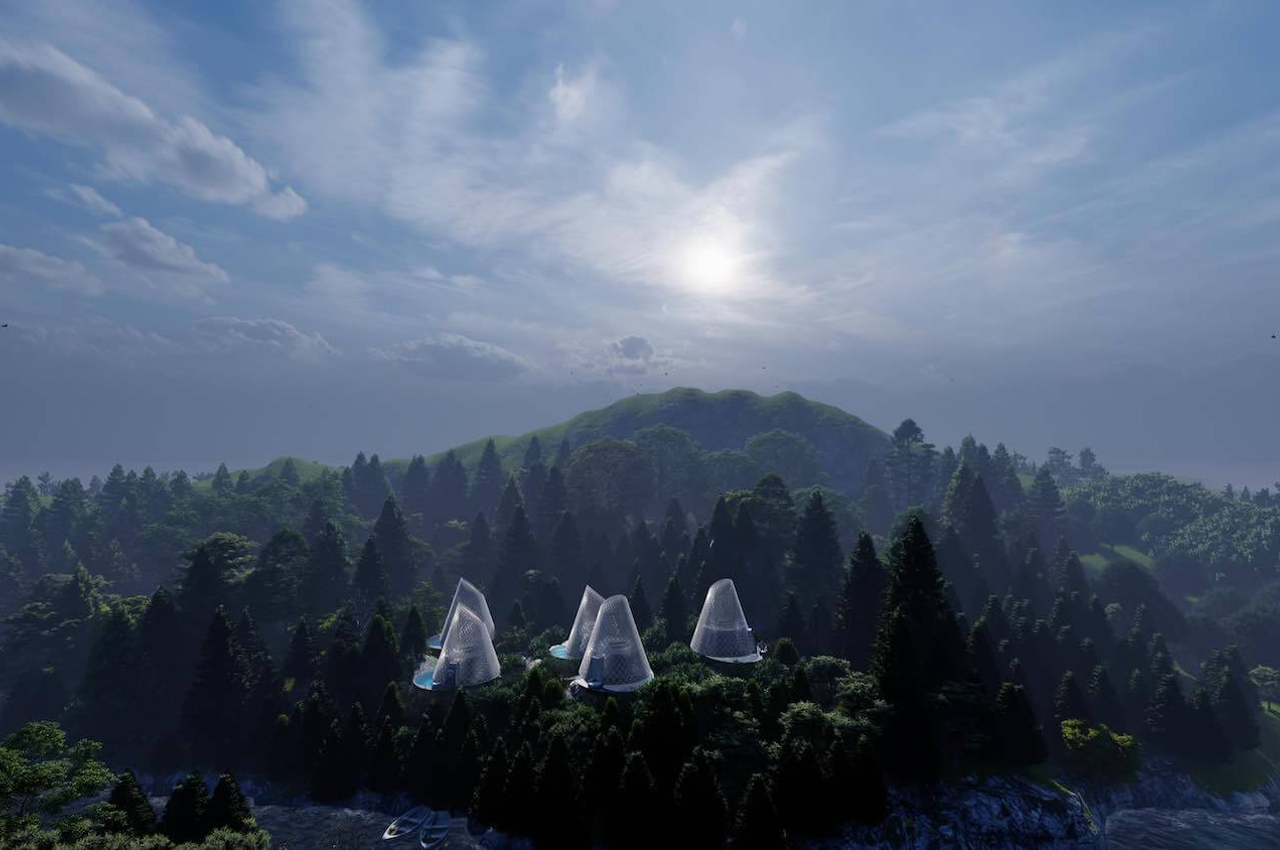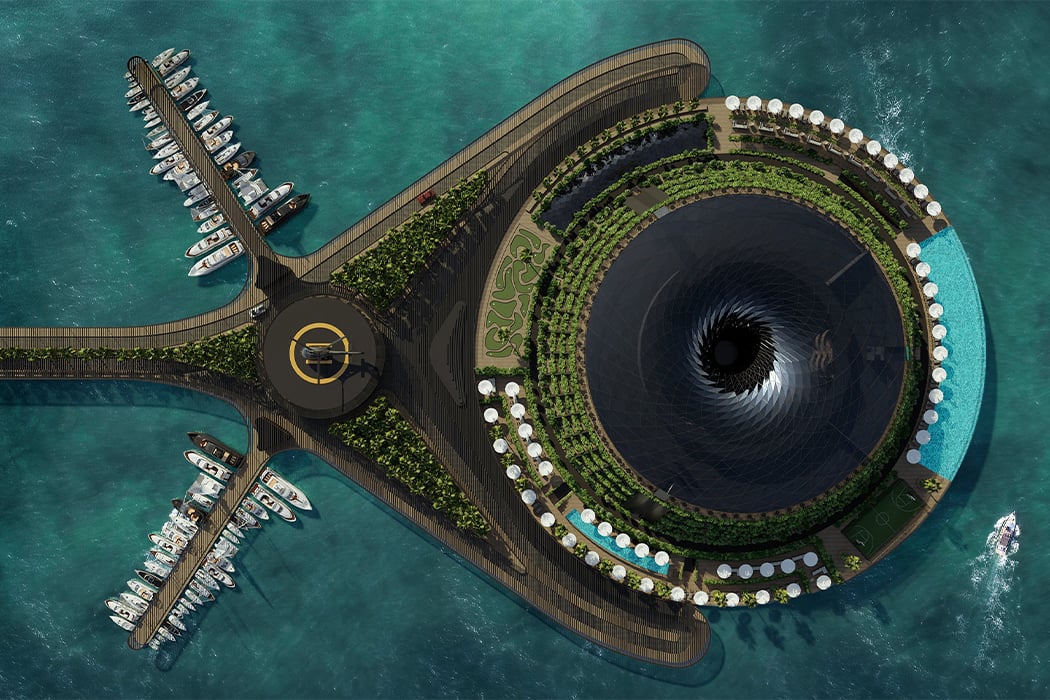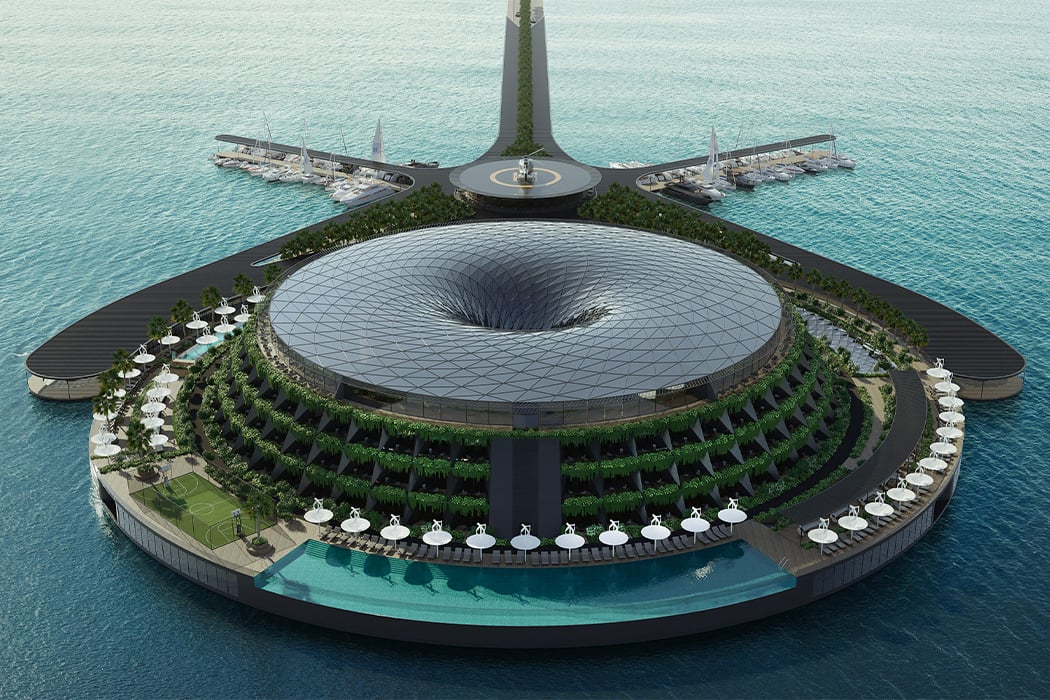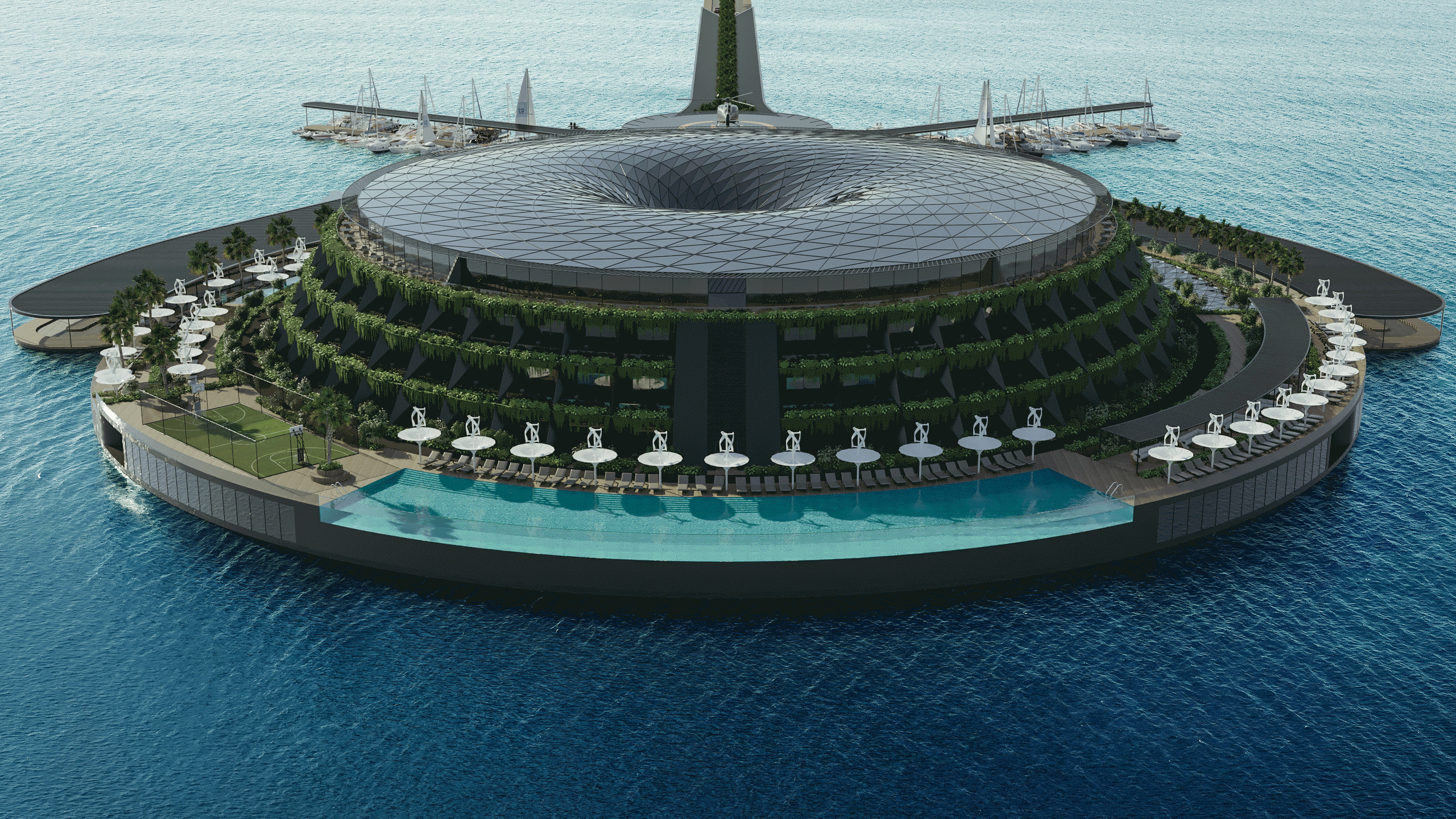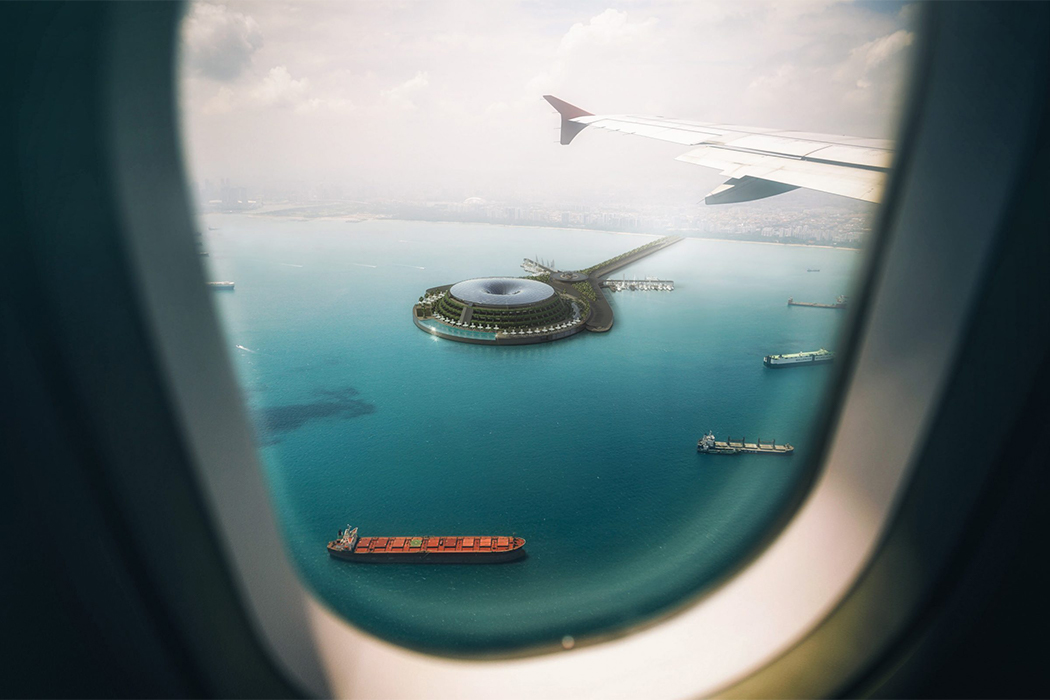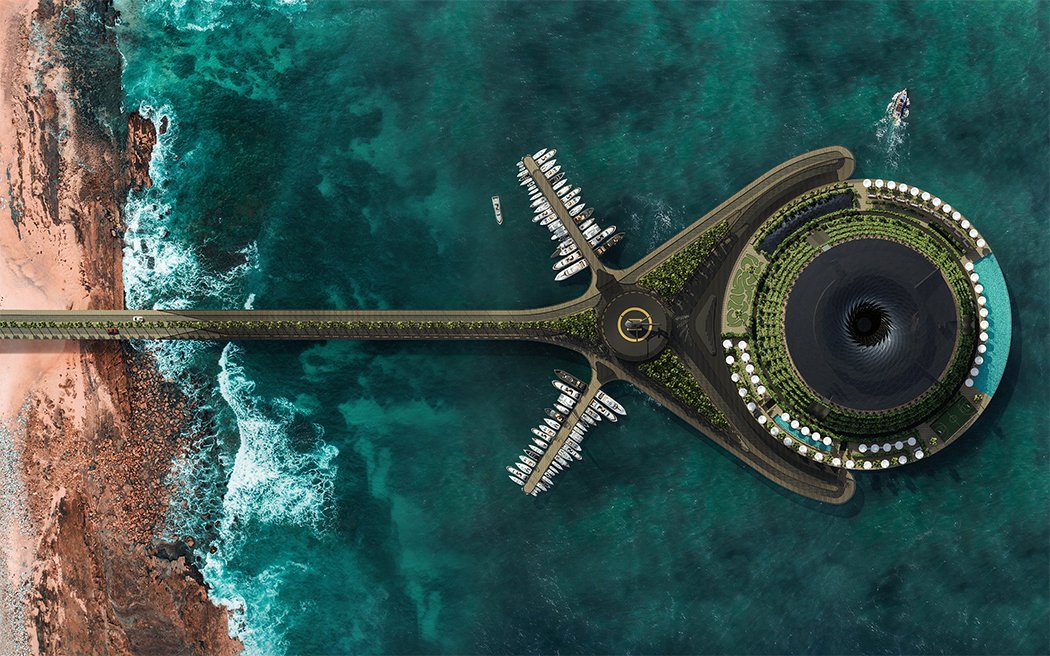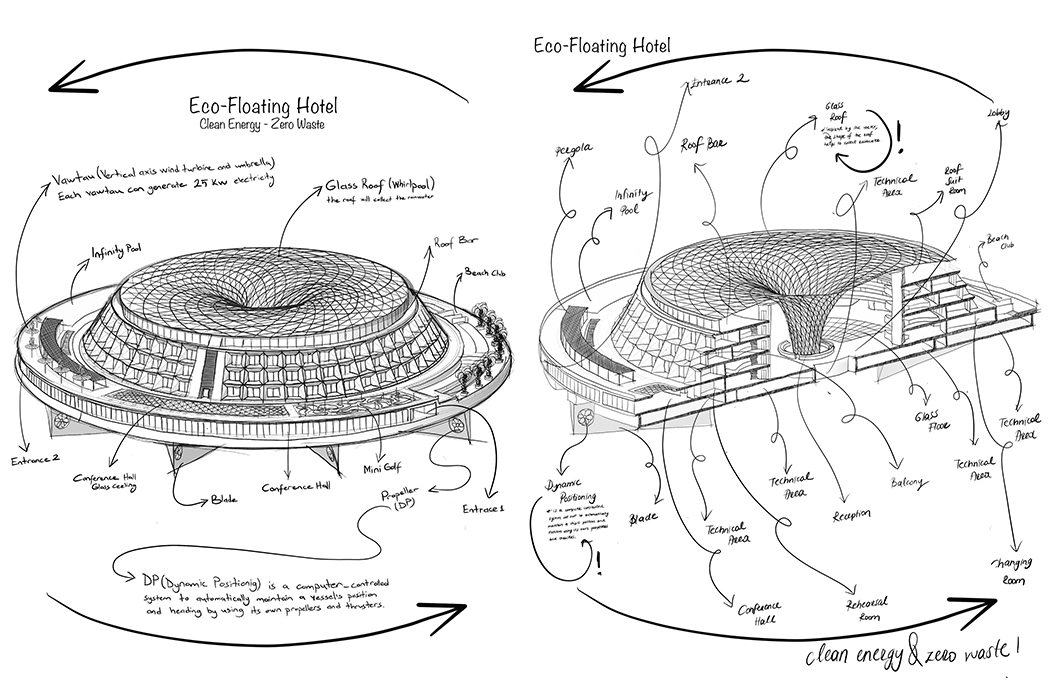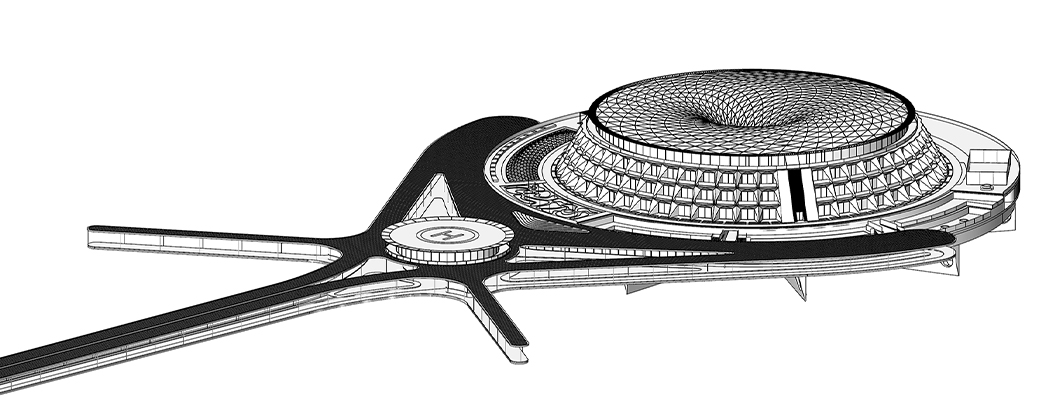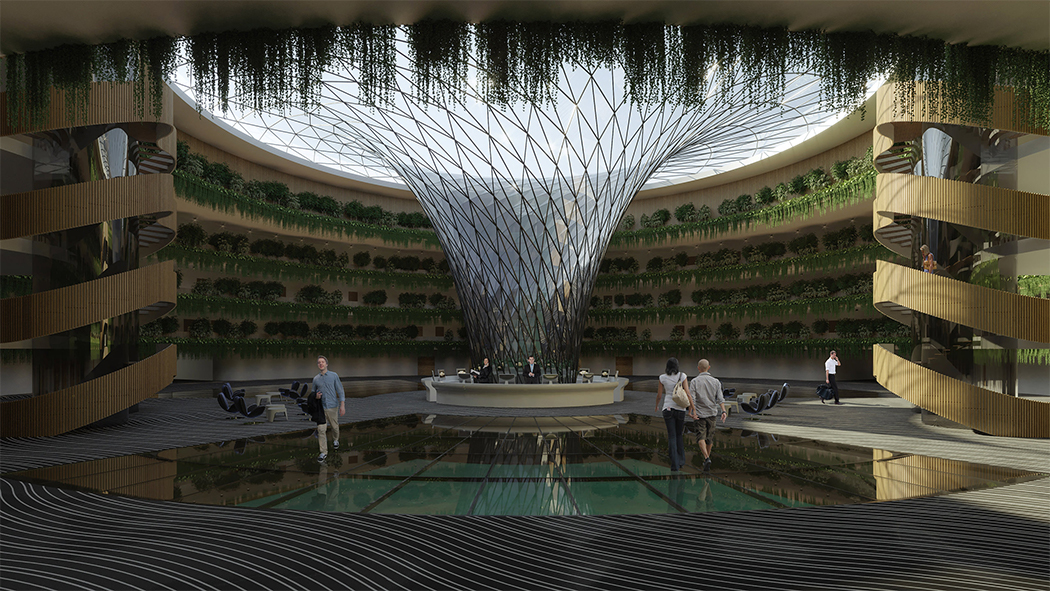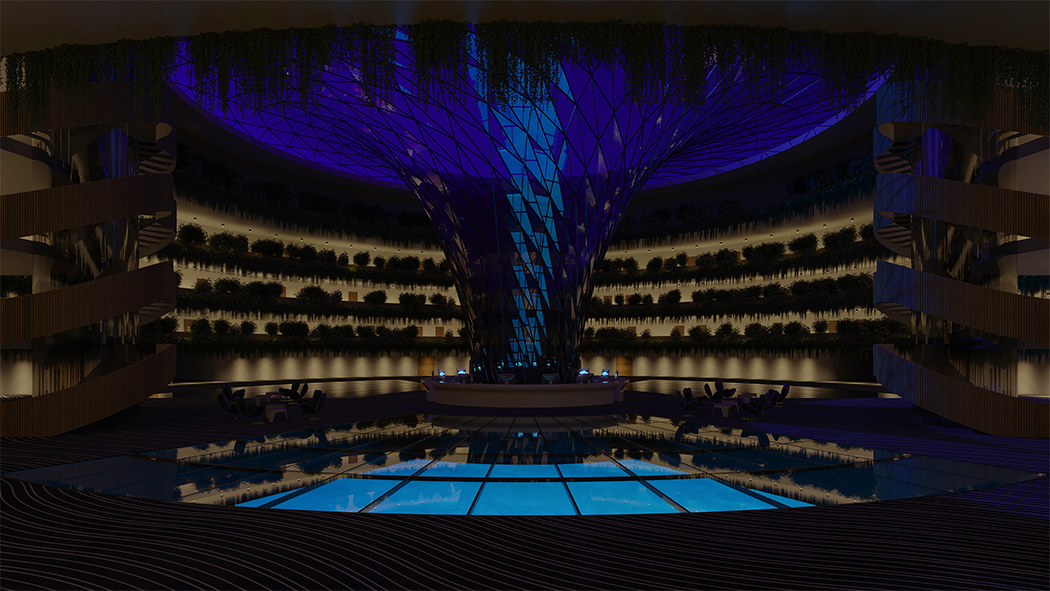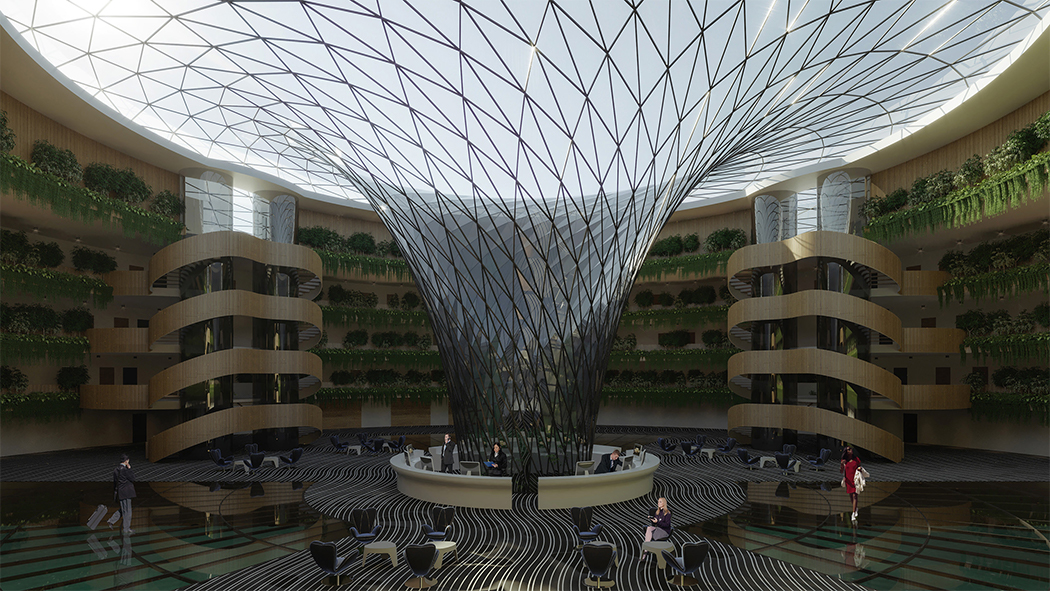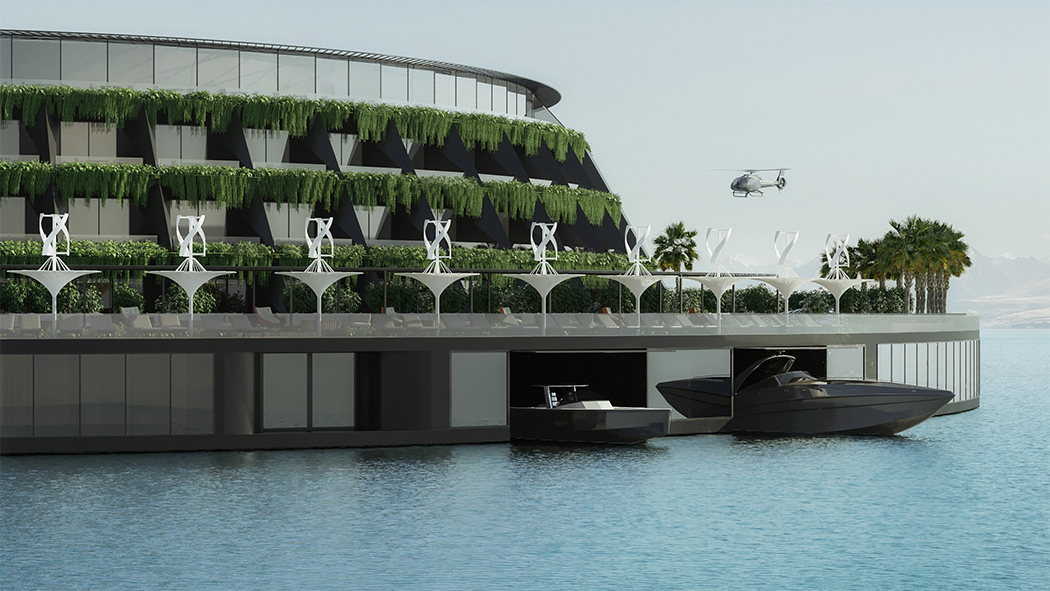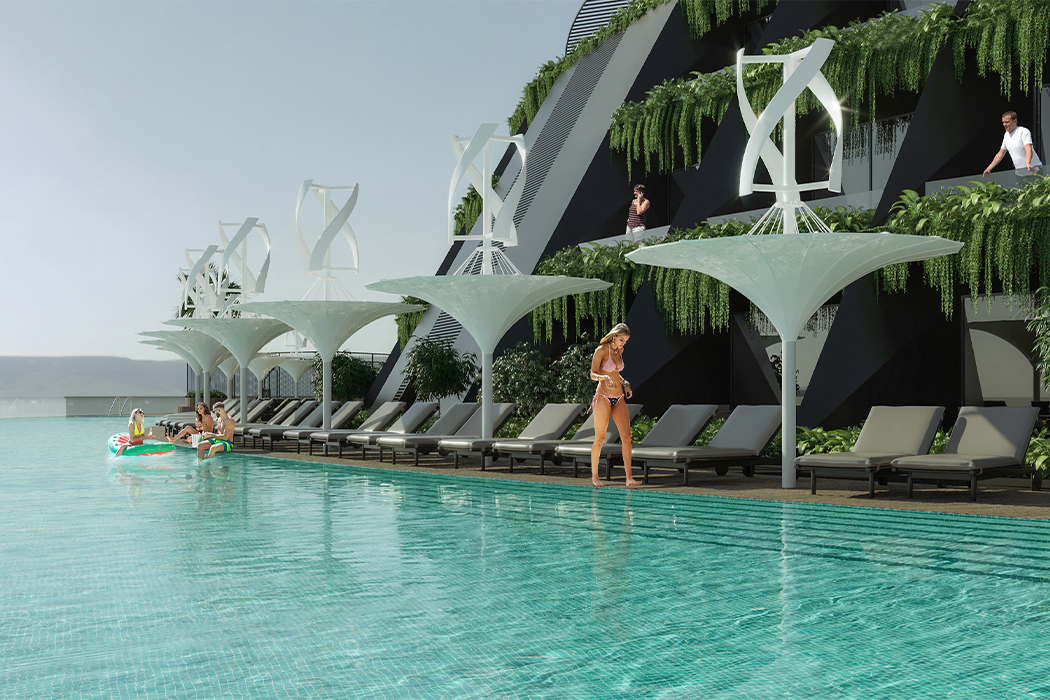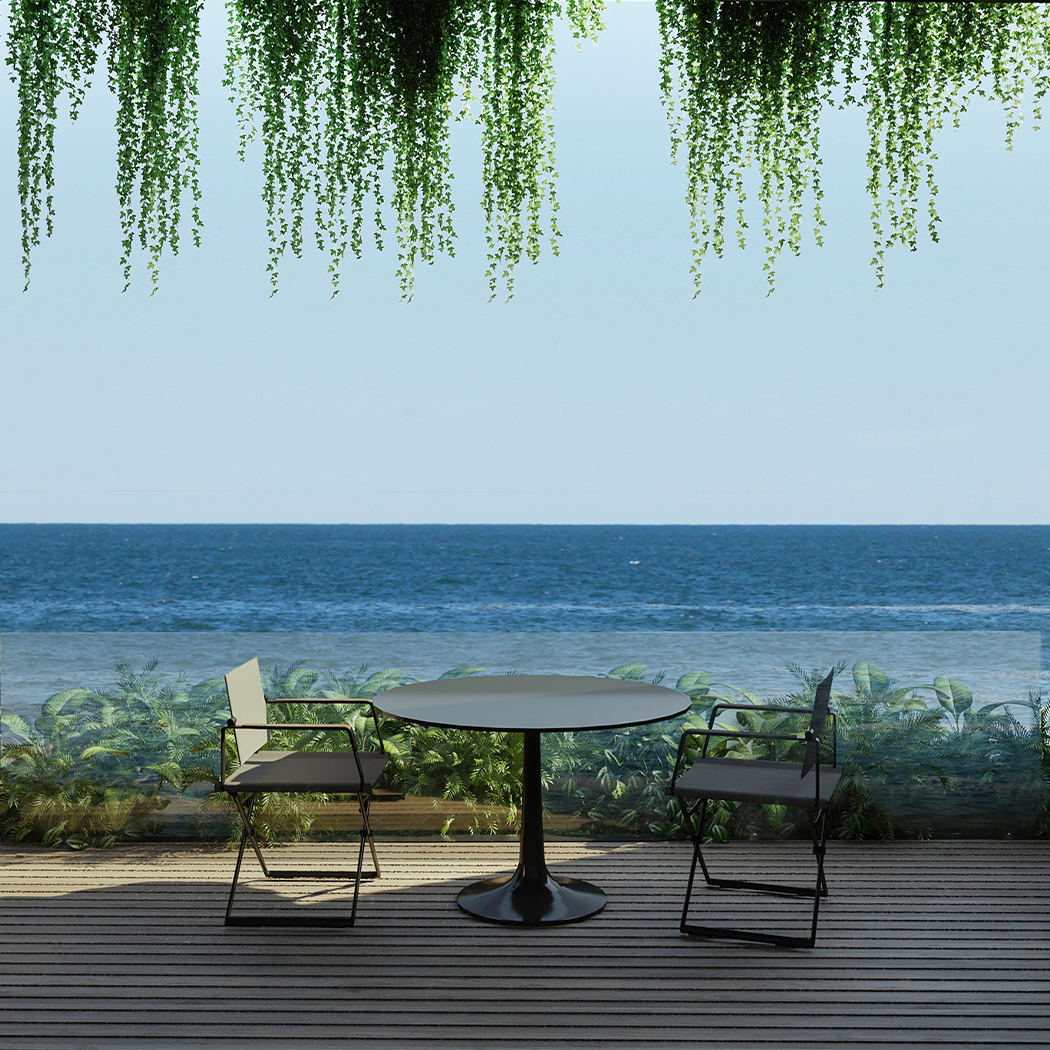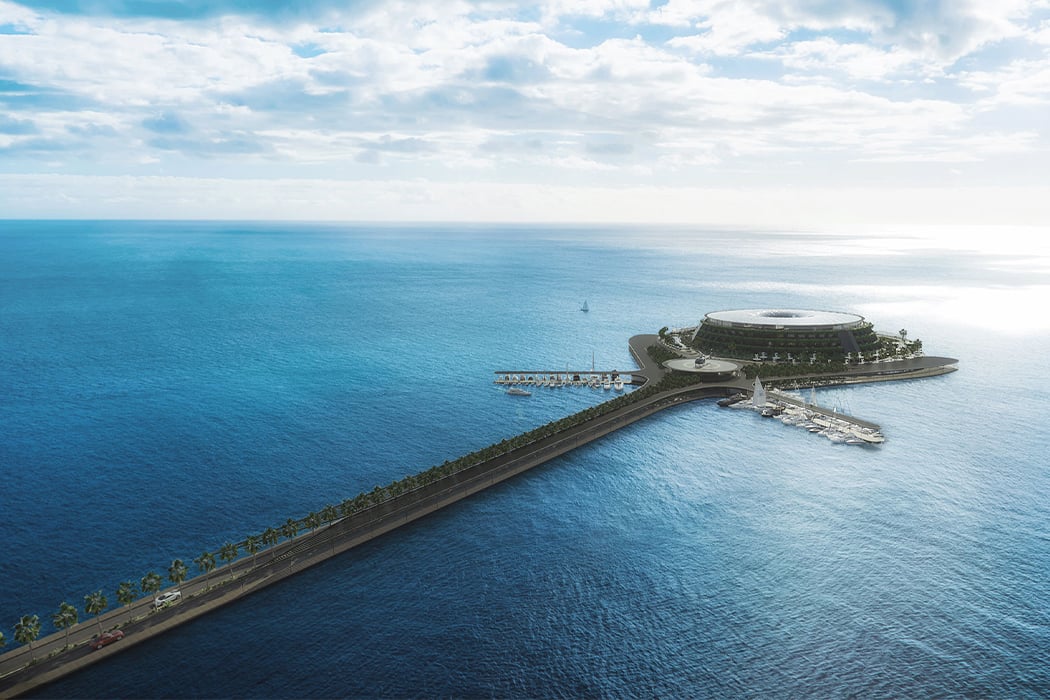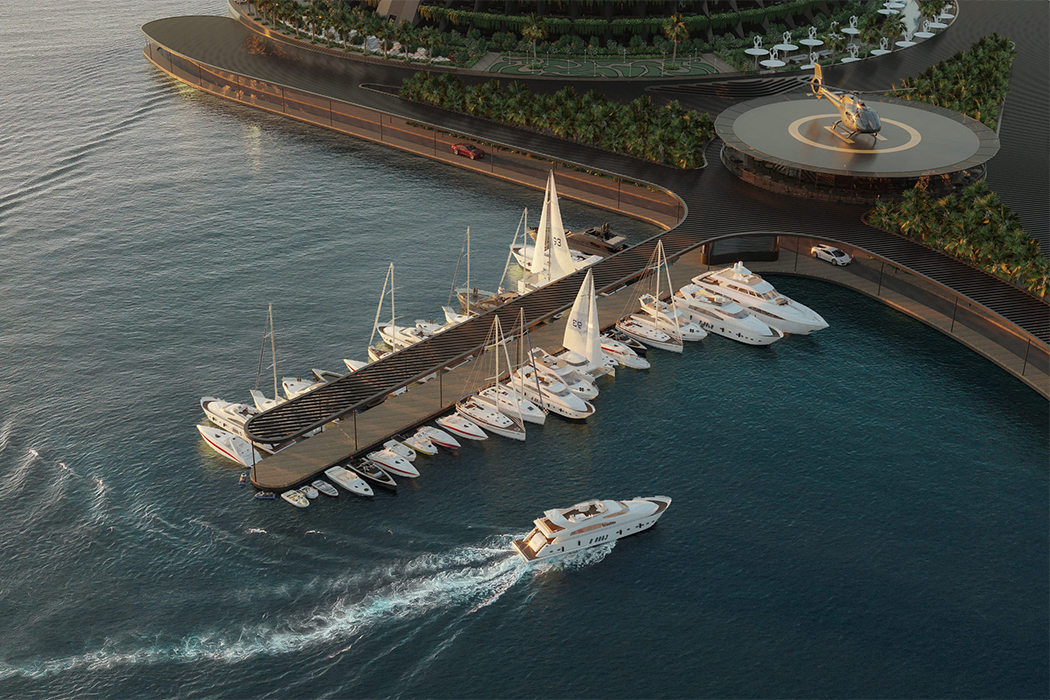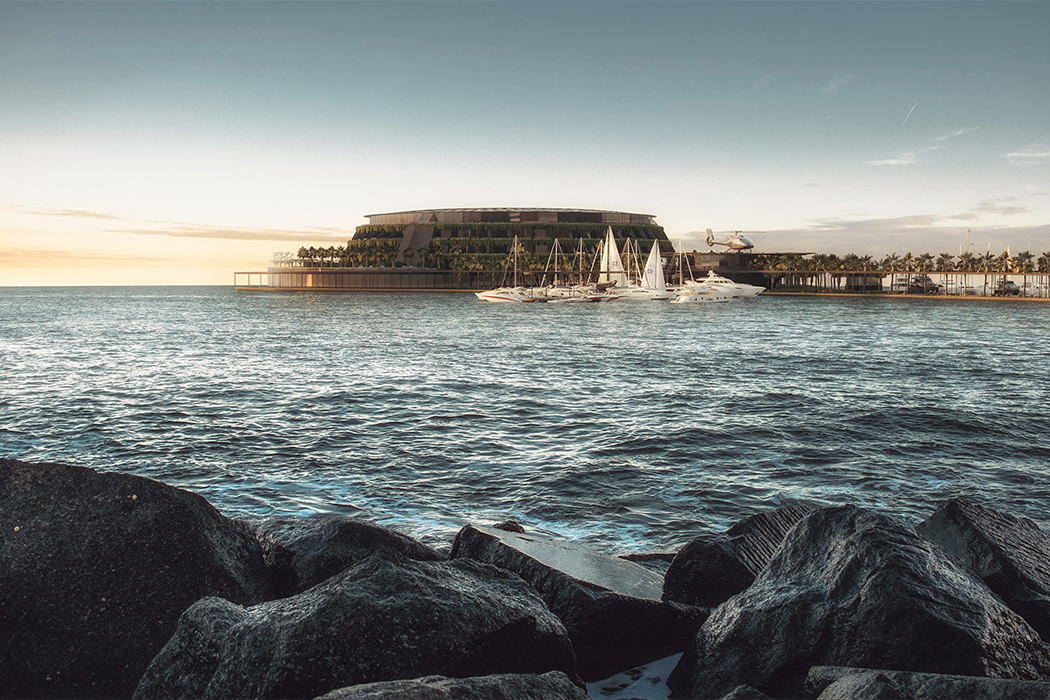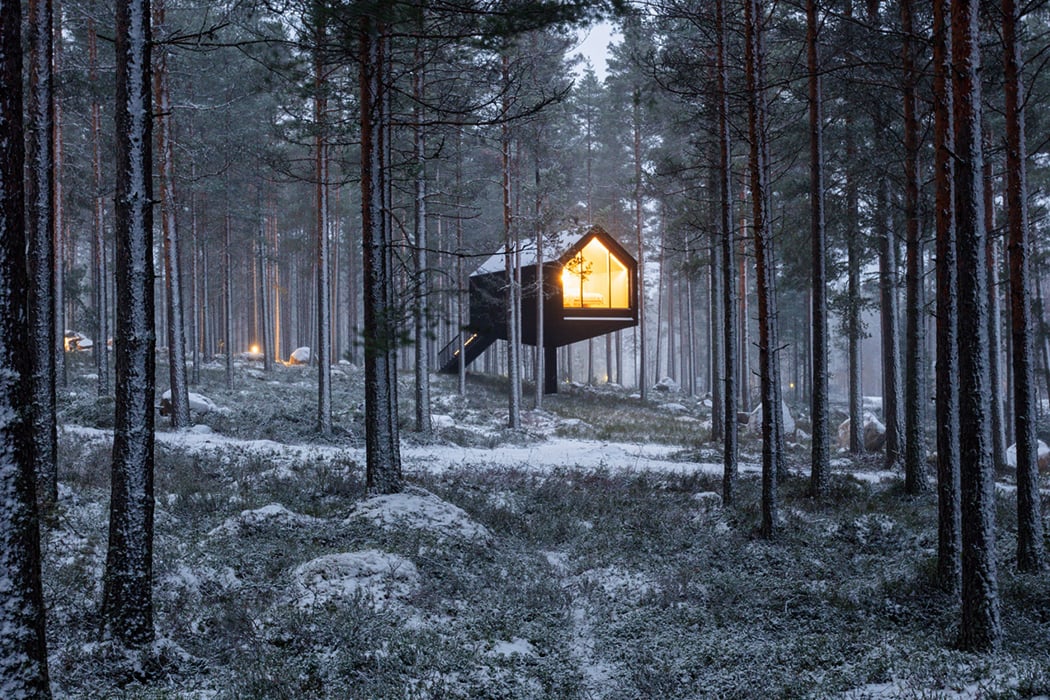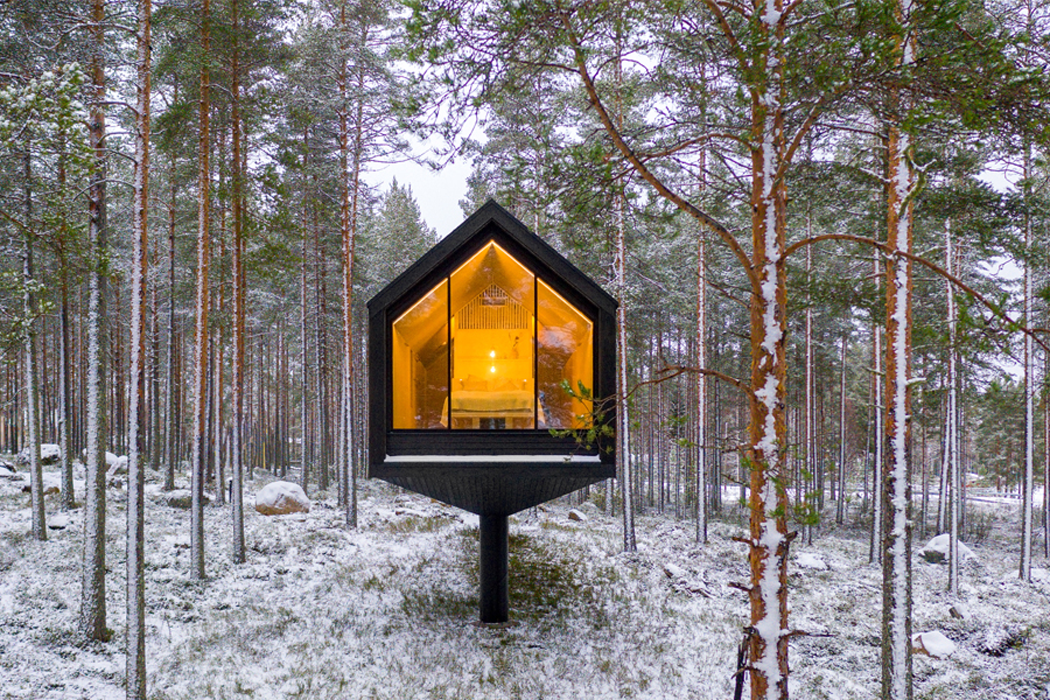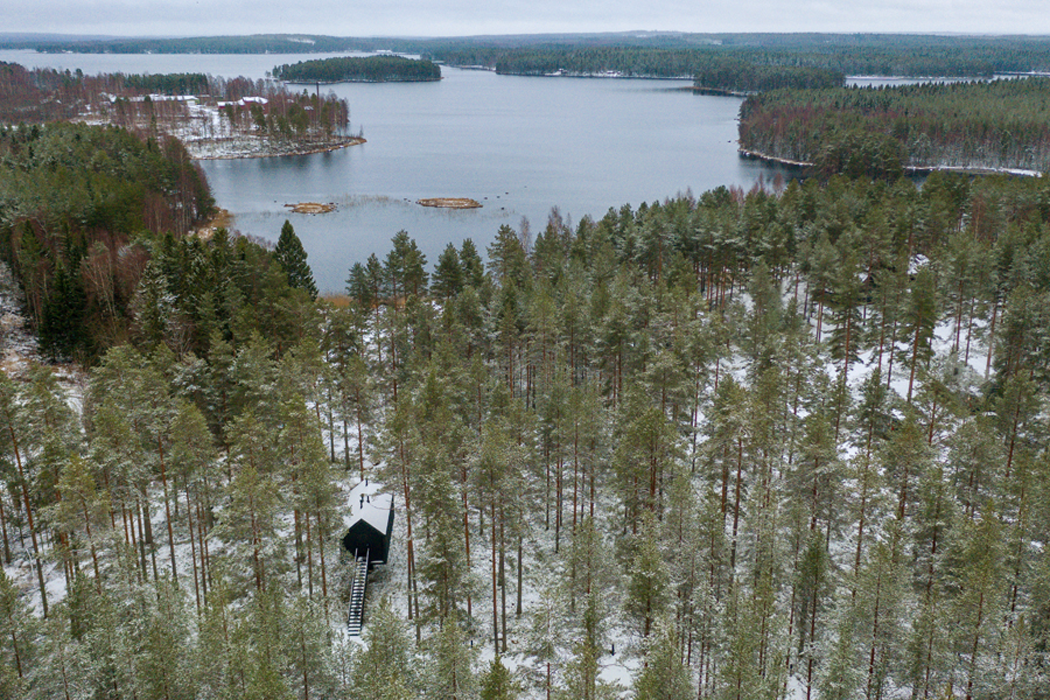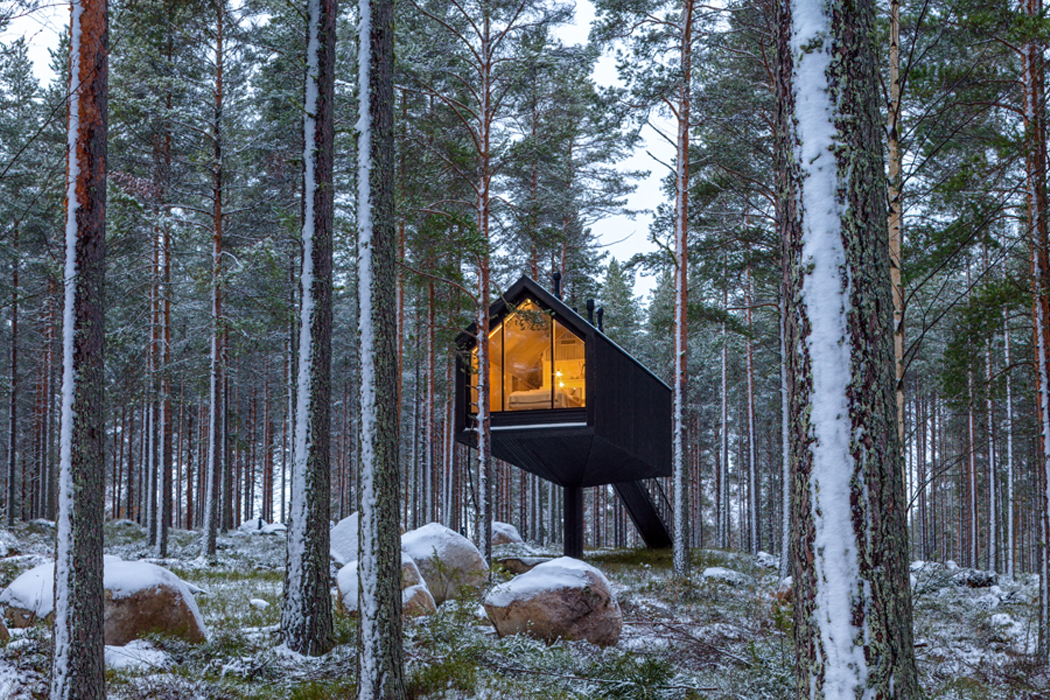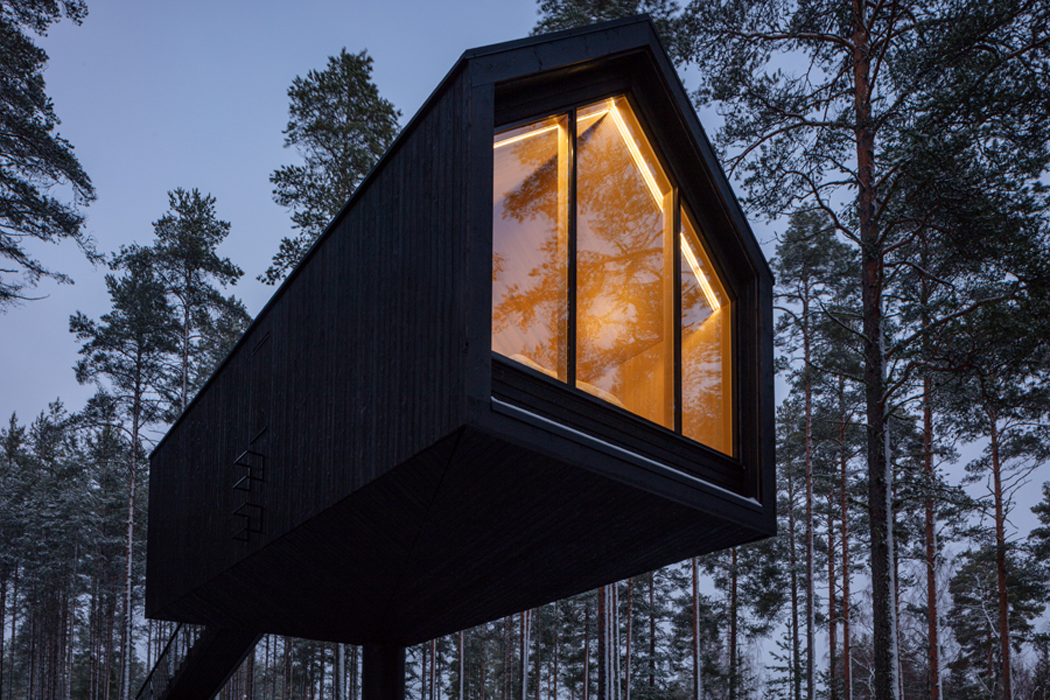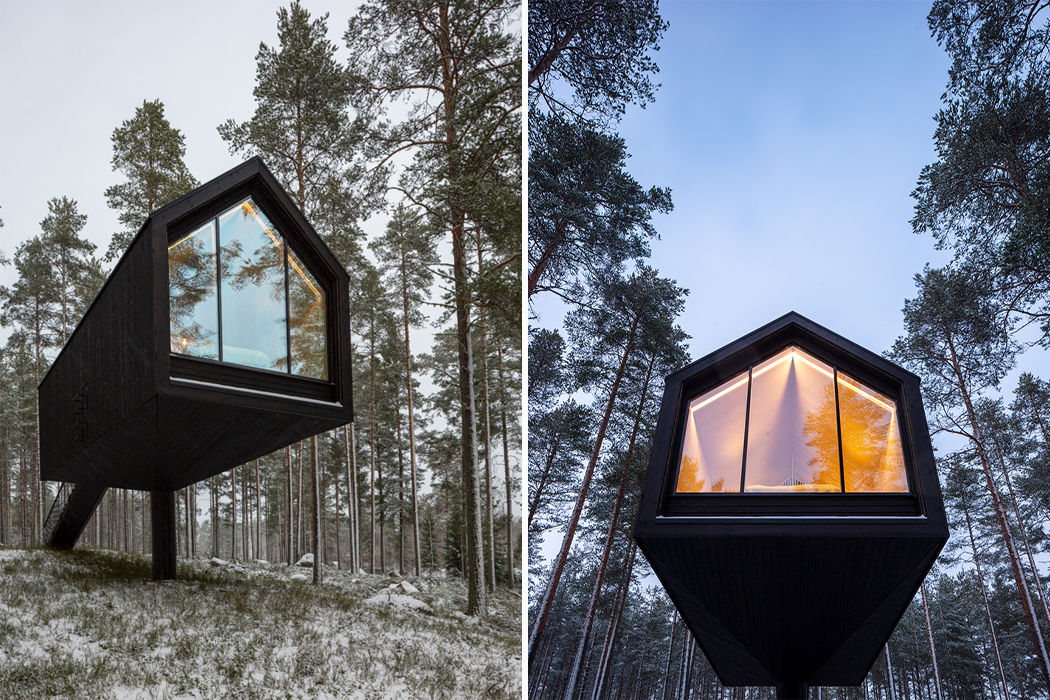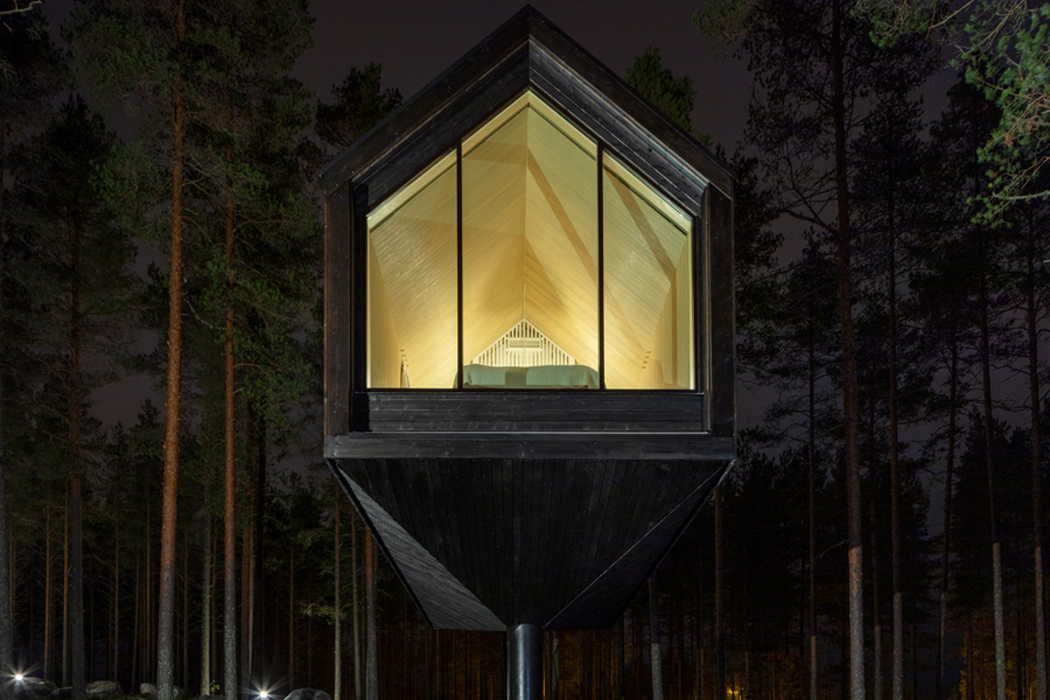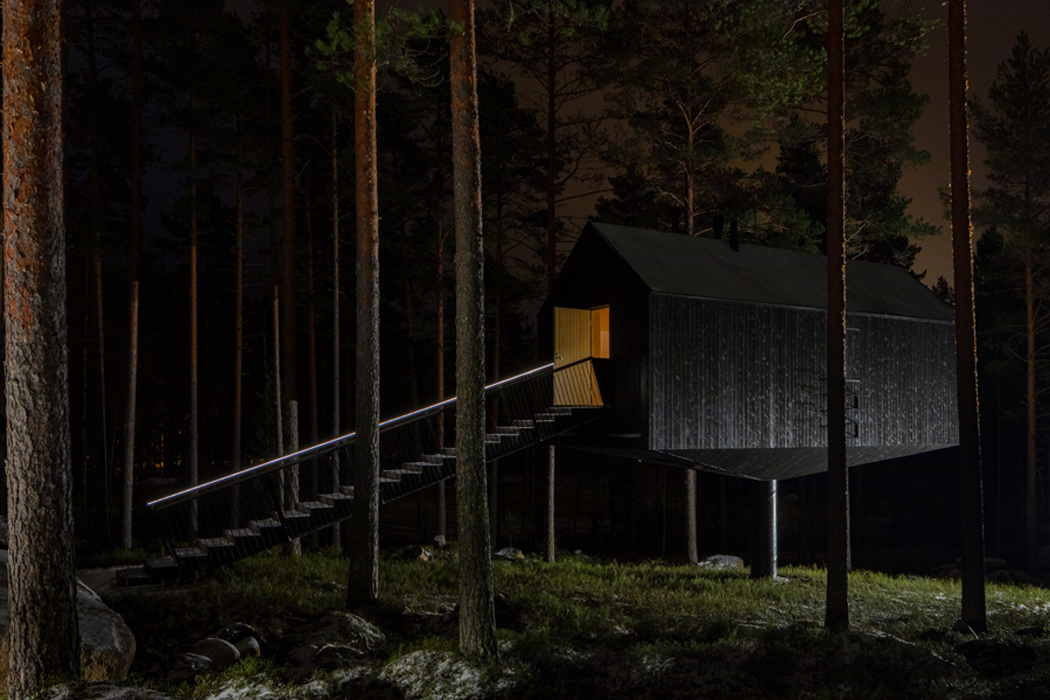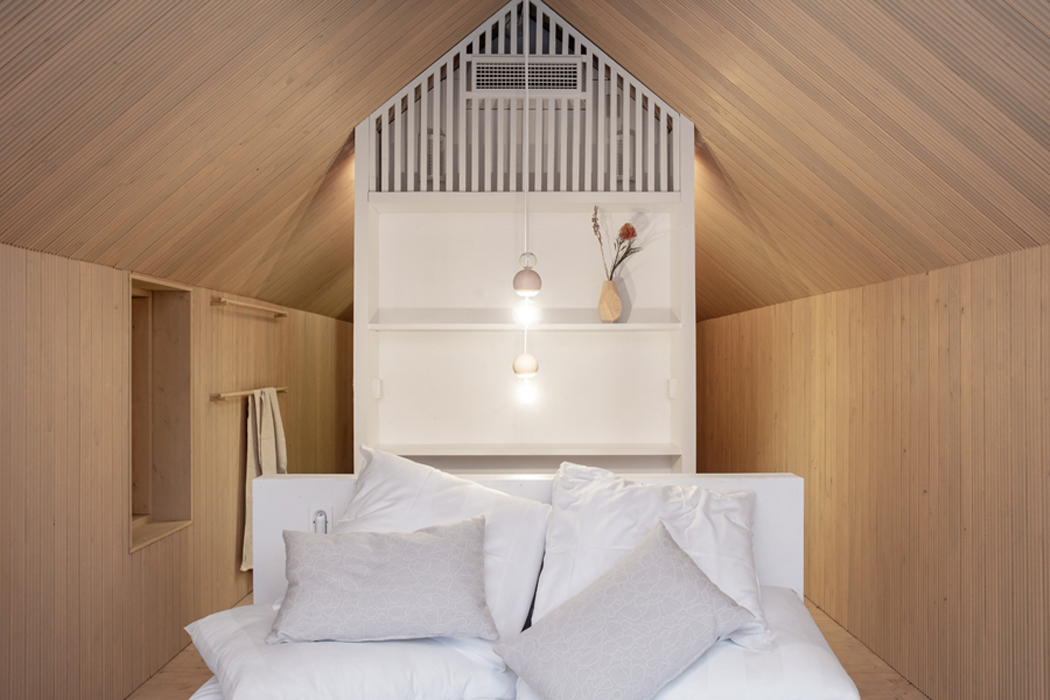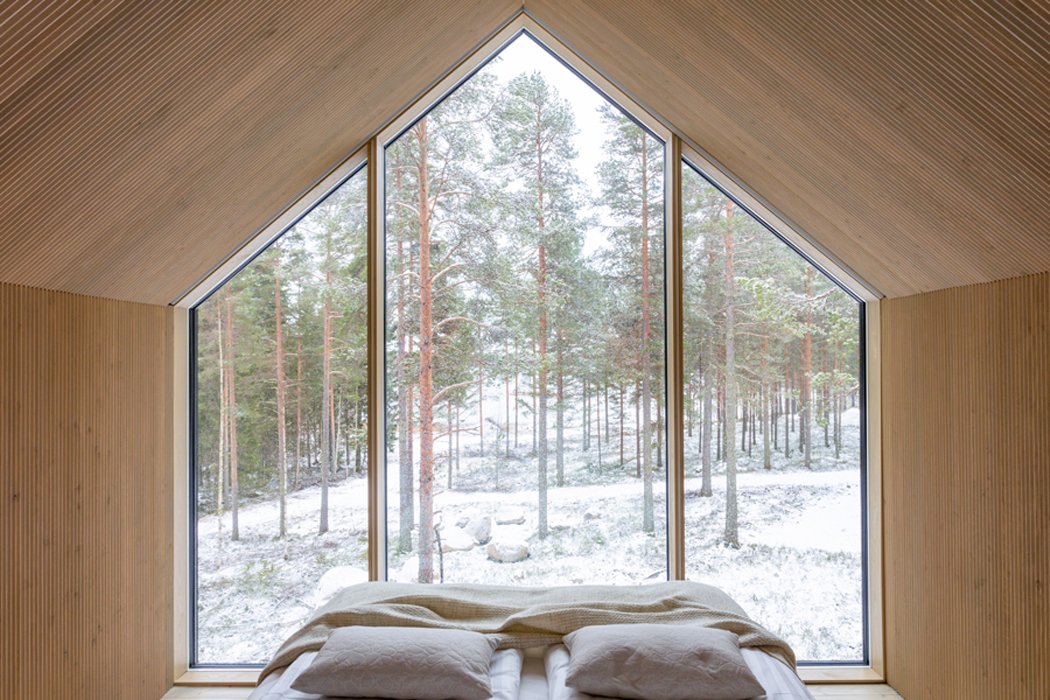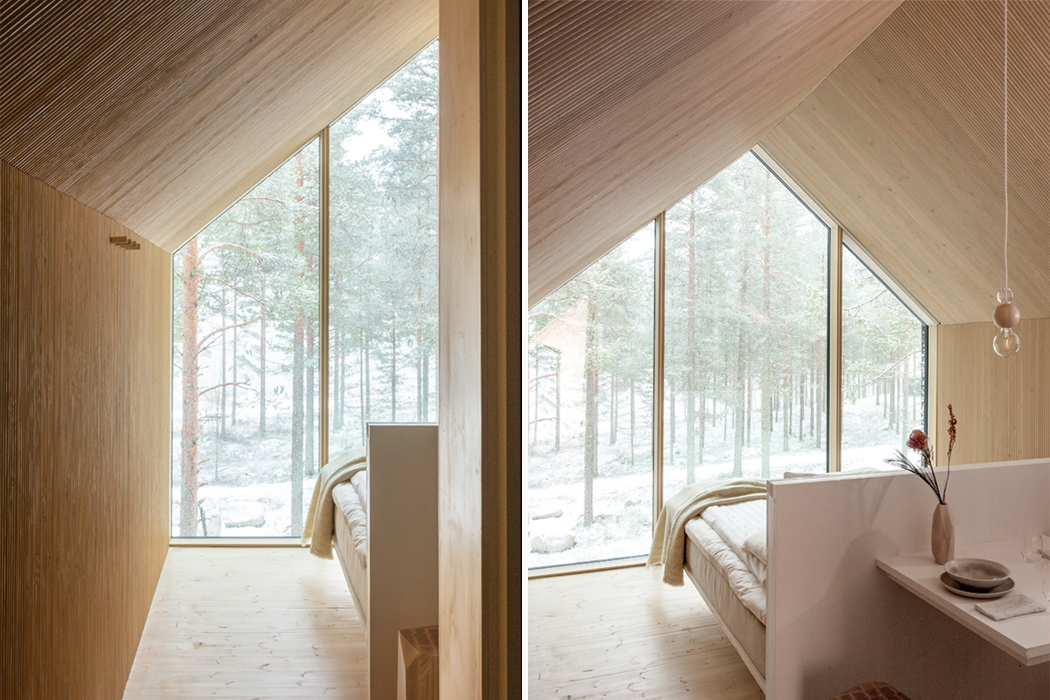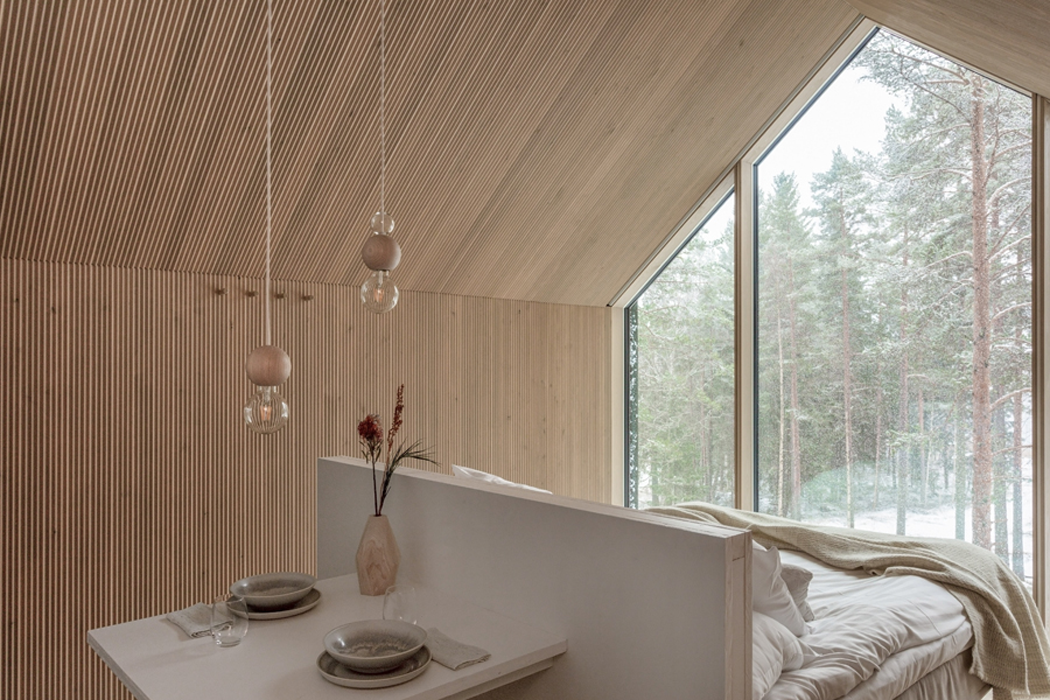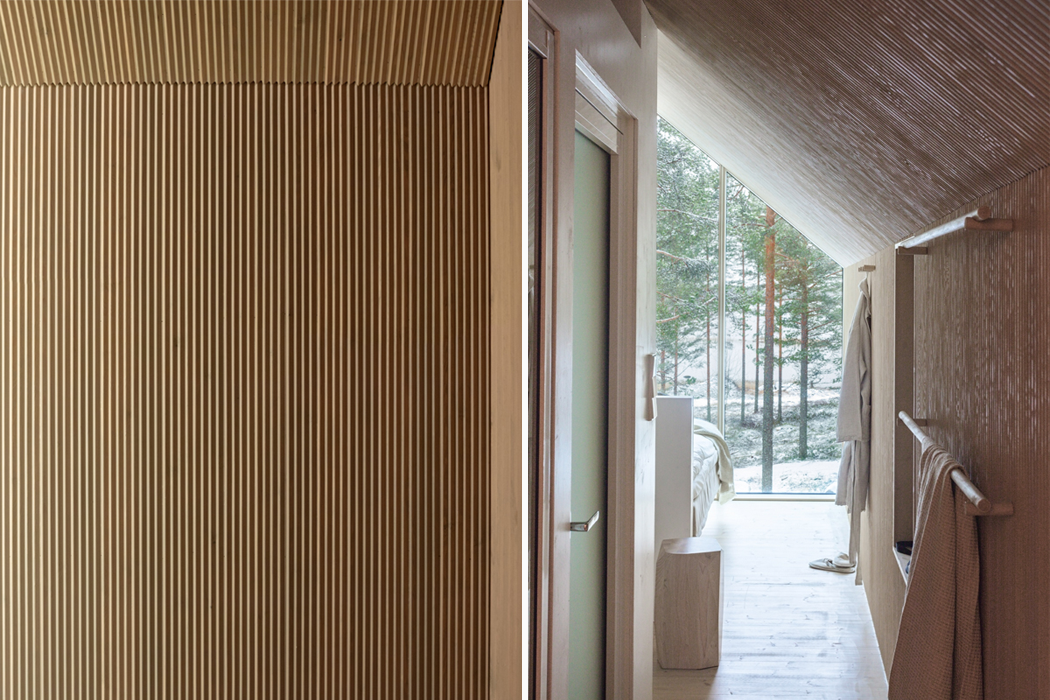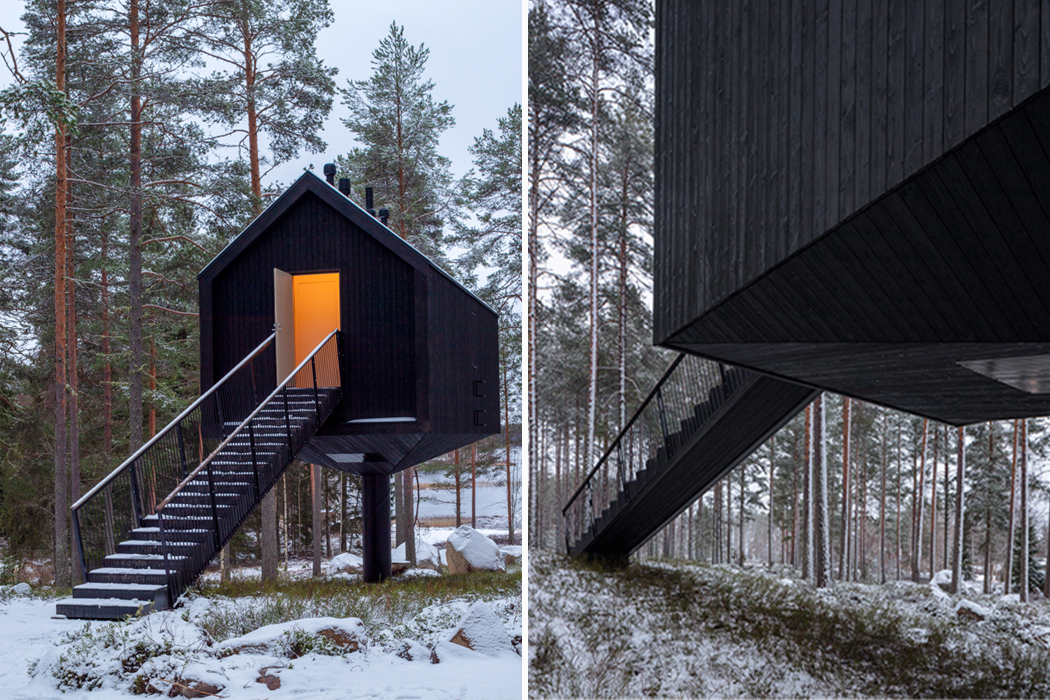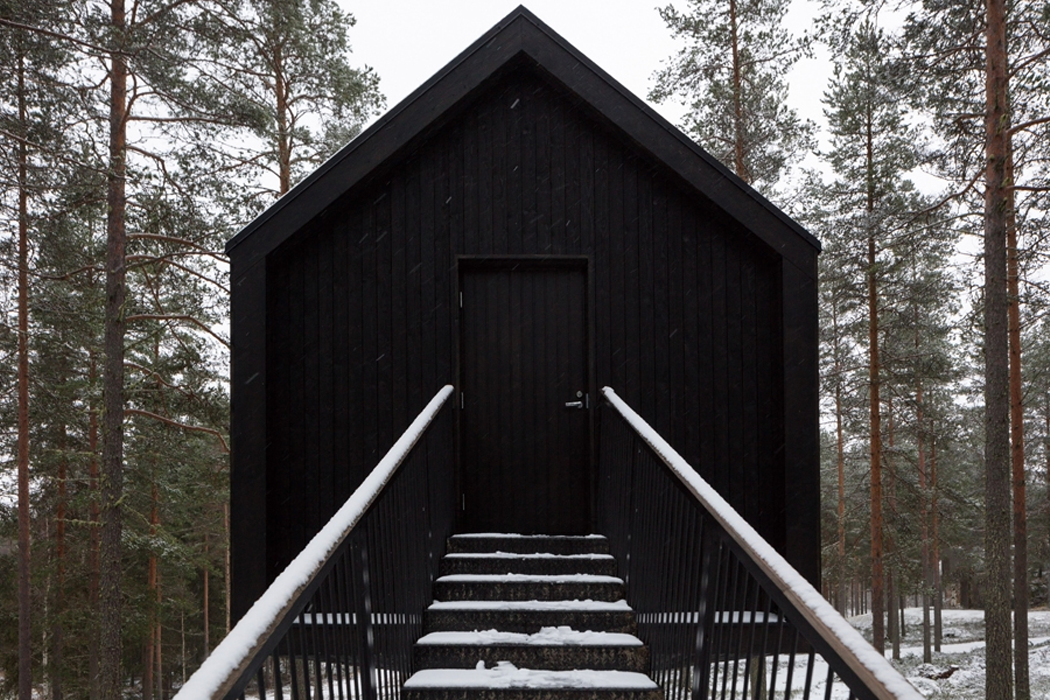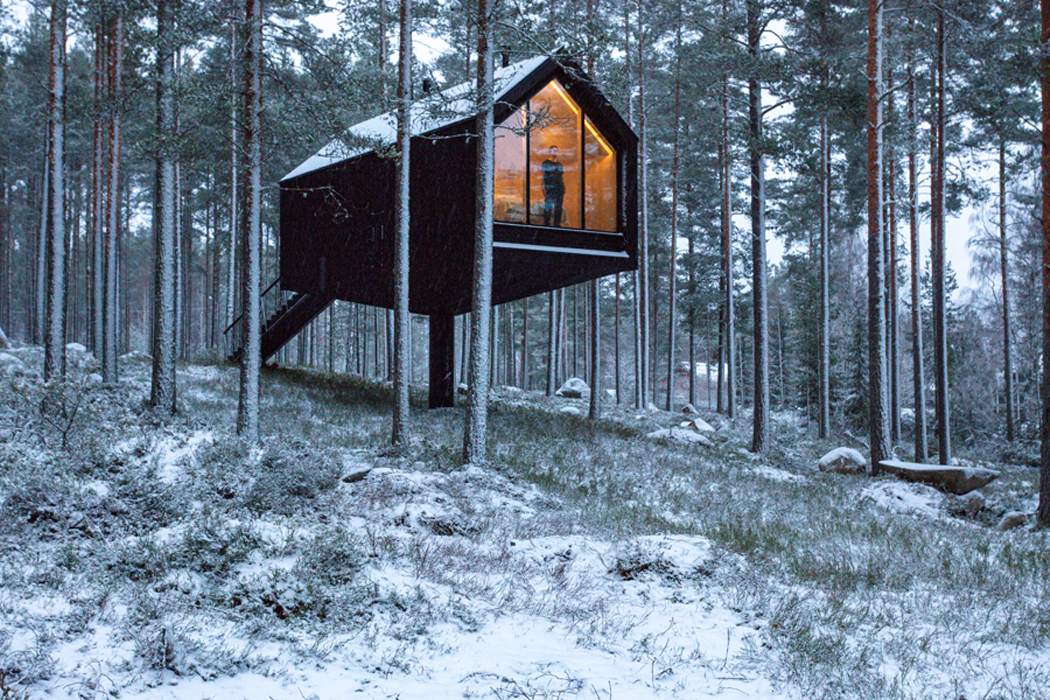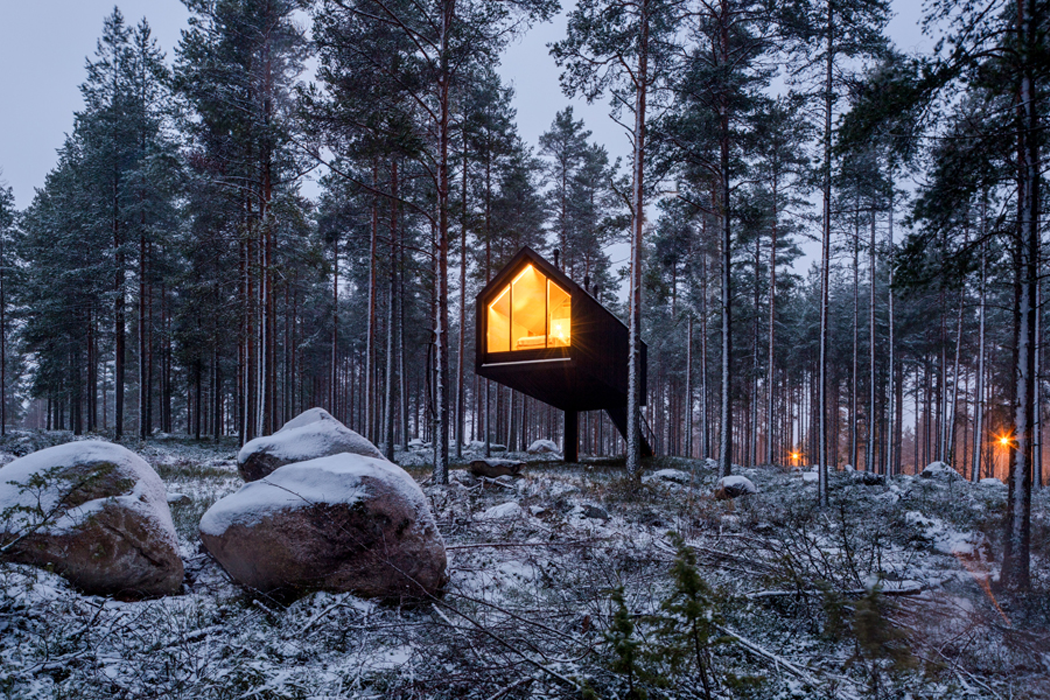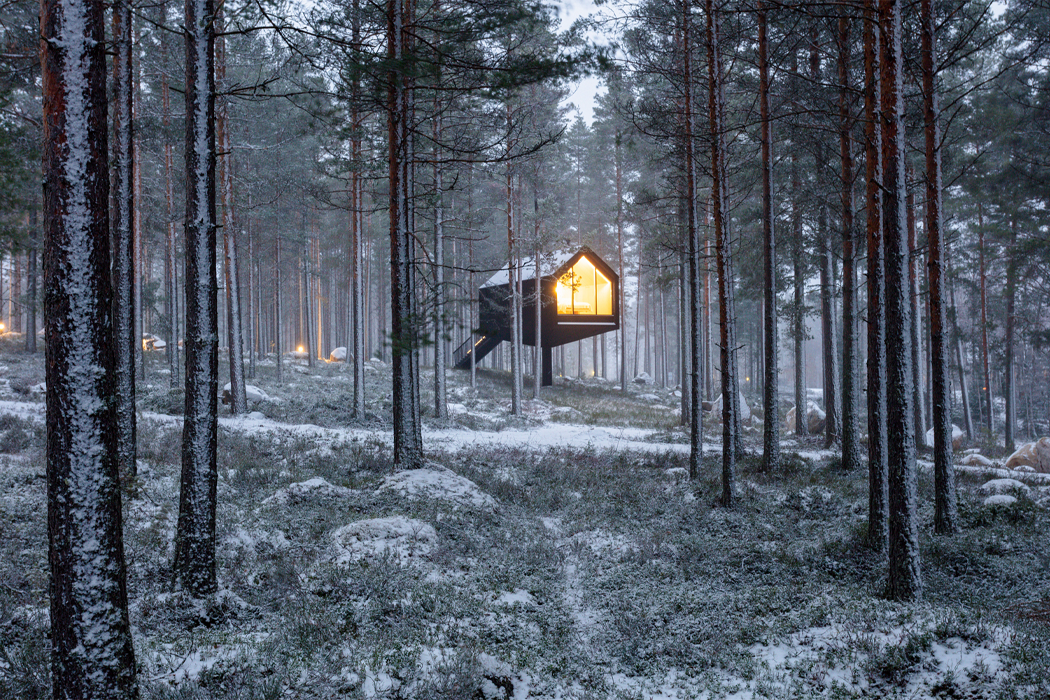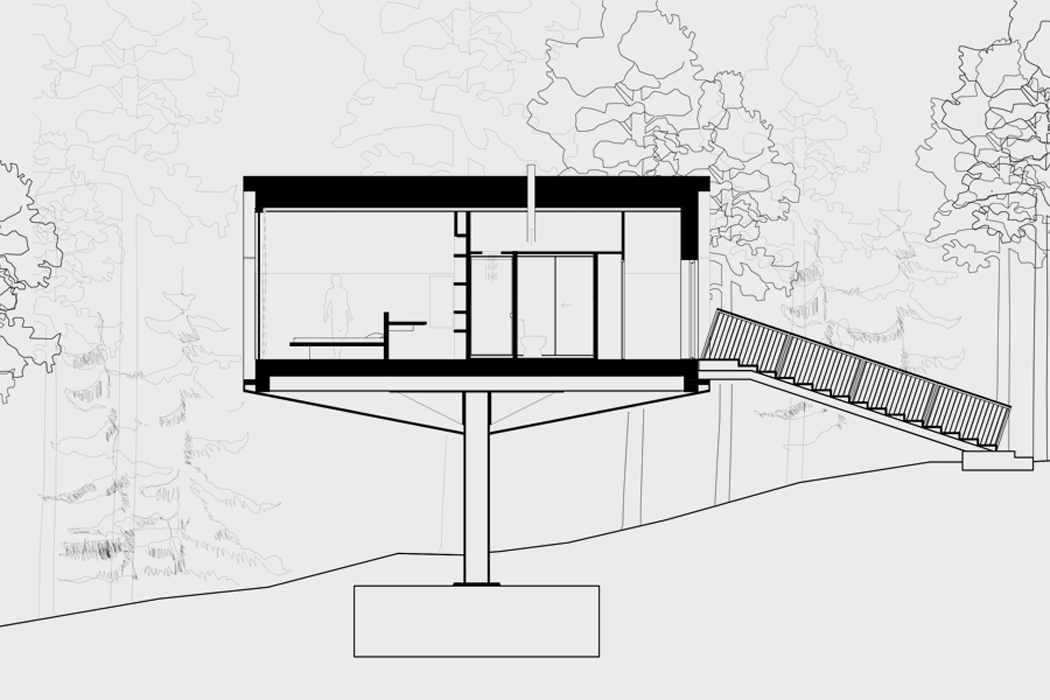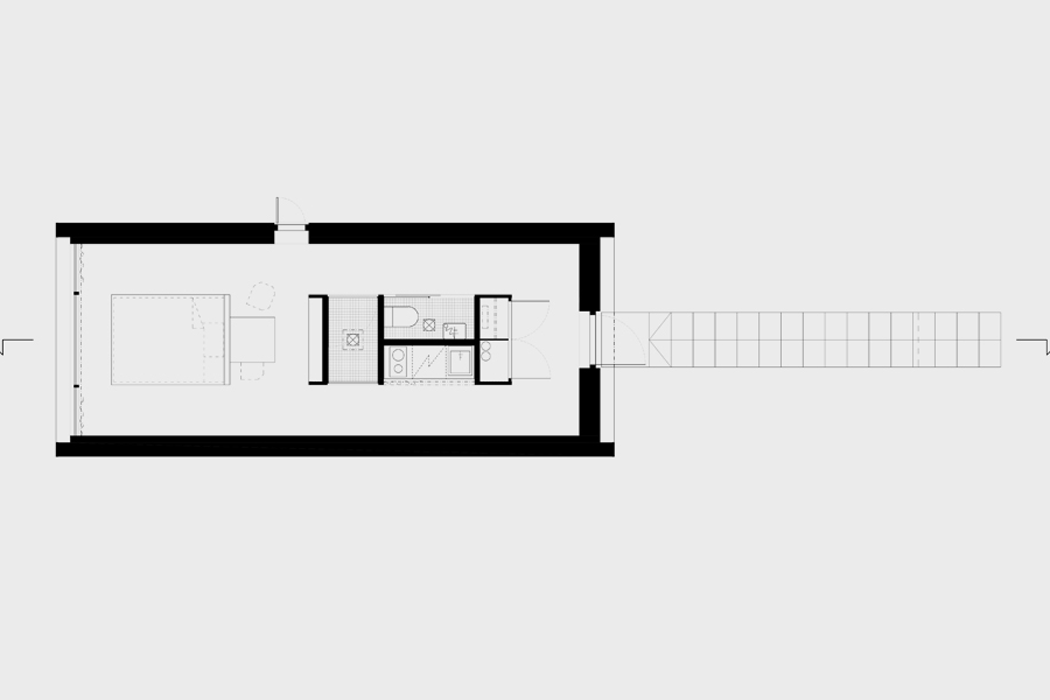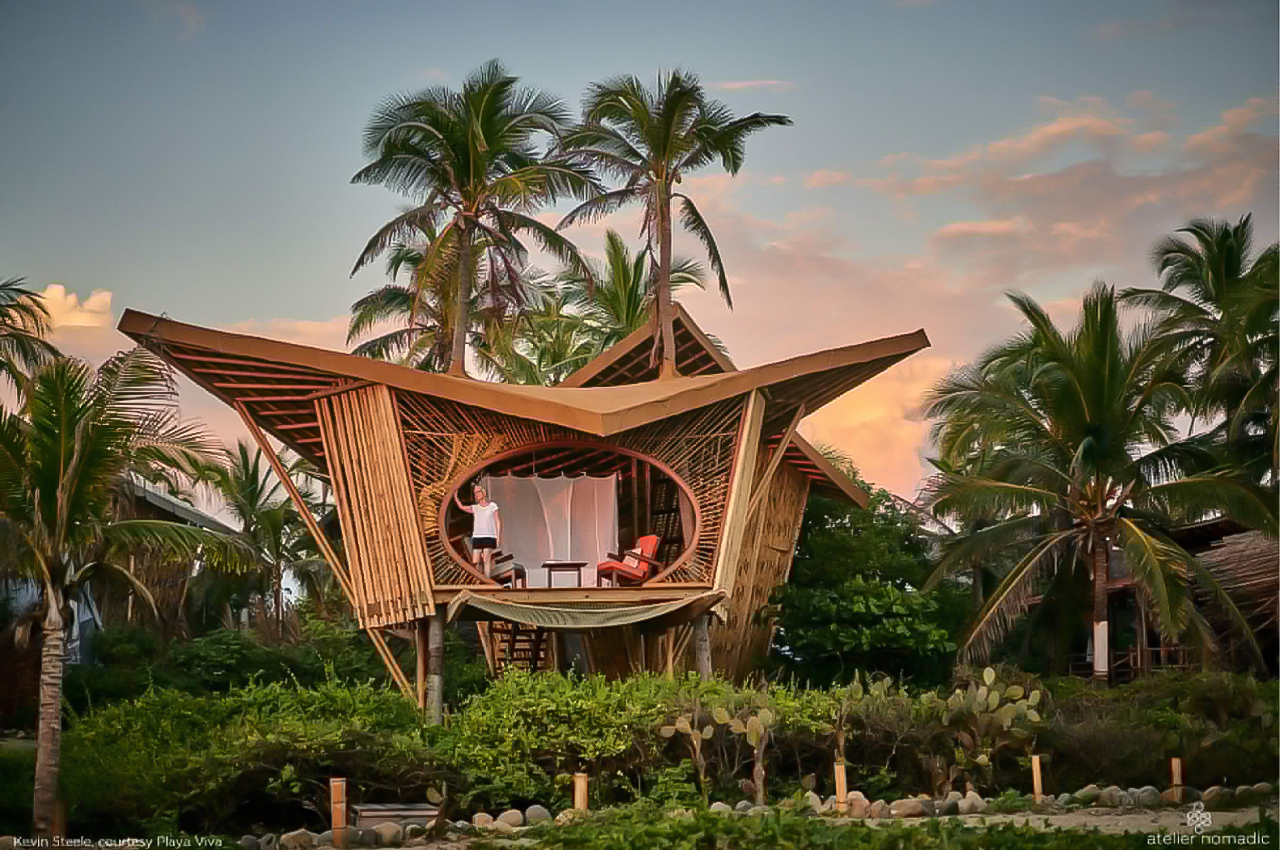
Playa Viva is an ecoresort in Juluchuca, Mexico made up of off-grid treehouse-style villas with roofs shaped like the wings of Mobula Rays.
The beauty of biophilic architecture is that nature provides the blueprint. In environments with dense foliage and rough terrain, integrating the natural landscape into the lay of the building helps define the floor plan’s parameters and the building’s structural shape. Immersing guests in nature, biophilic architecture artfully dissolves the barrier between the outdoors and interior spaces. Atelier Nomadic, a Rotterdam-based architecture firm that specializes in biophilic architecture, designed Playa Viva, an eco-resort village of treehouse-style villas that plants guests right on the surf of the Pacific Ocean in Juluchuca, Mexico.
Designer: Atelier Nomadic
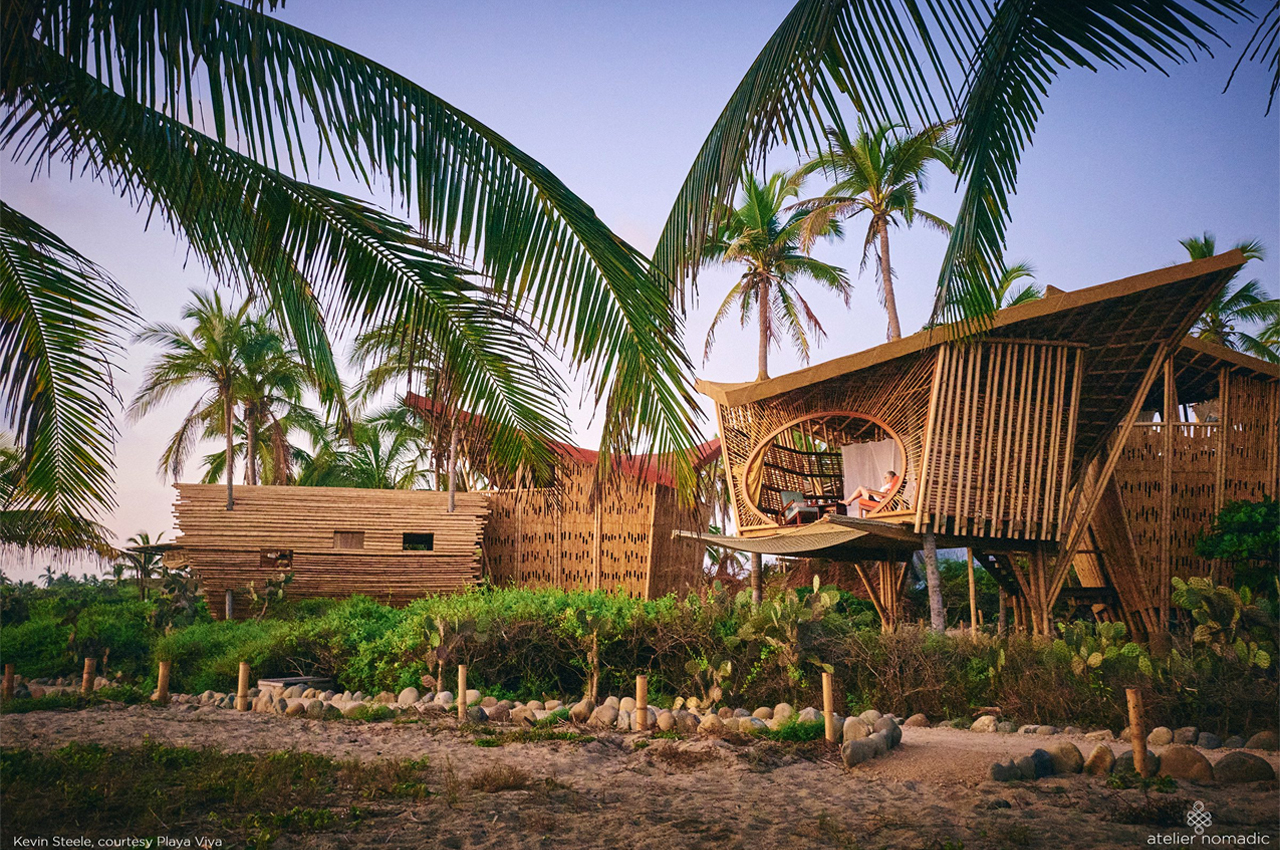
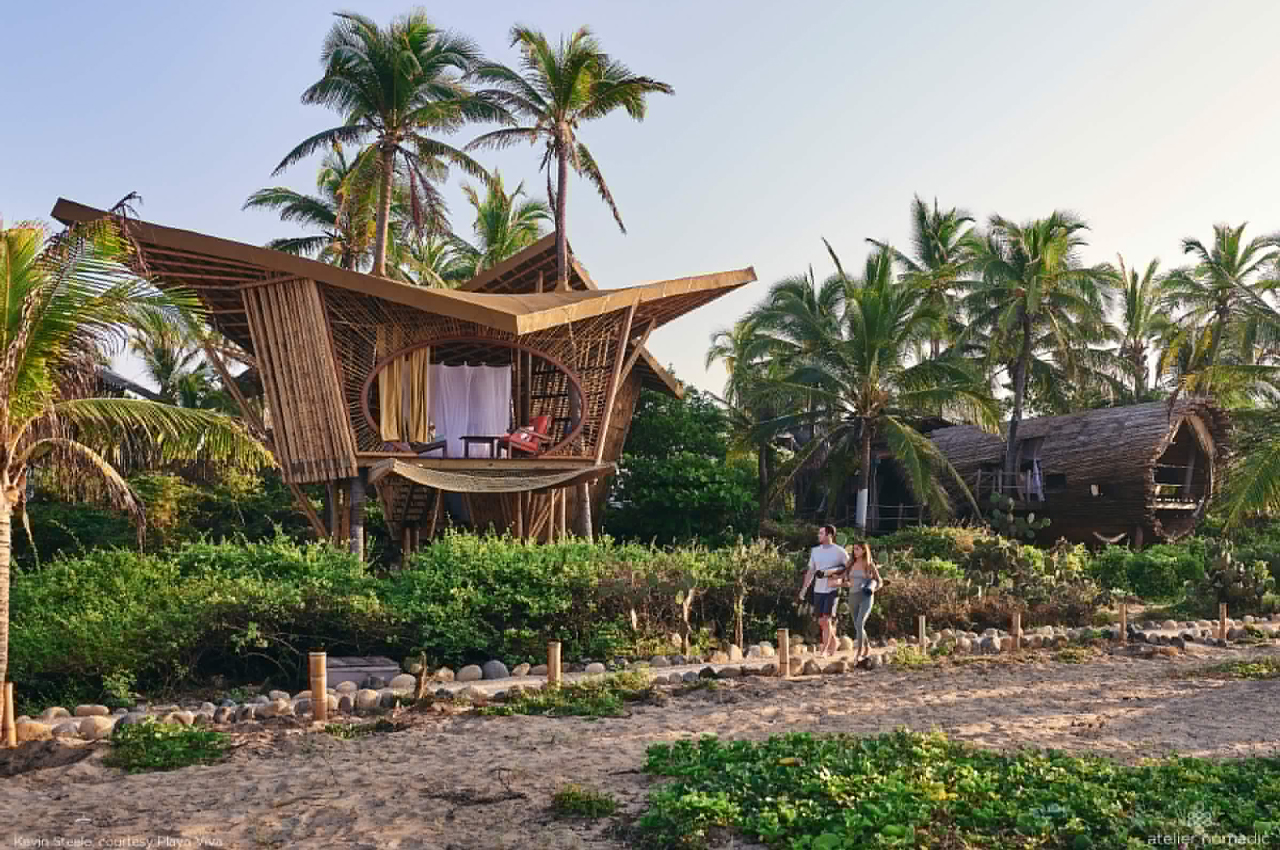
Unlike their usual approach, Atelier Nomadic had to meet with the client behind Playa Viva online as a result of the pandemic restricting travel. From these virtual workshops, the architects with Atelier Nomadic envisioned Playa Viva’s structural shape to replicate the flexed wings of a Mobula Ray. A familiar sight to the shores of Mexico, Mobula Rays seem to encapsulate Atelier Nomadic’s mission for integrating nature into their designs, as well as the spirit of Playa Viva. Functioning like a gigantic umbrella, the hyperbolic and paraboloid-shaped roof offers total coverage from the blazing sun and heavy rain. On the opposite end, each treehouse villa is propped up on a collection of wooden stilts that support the larger bamboo dwelling.
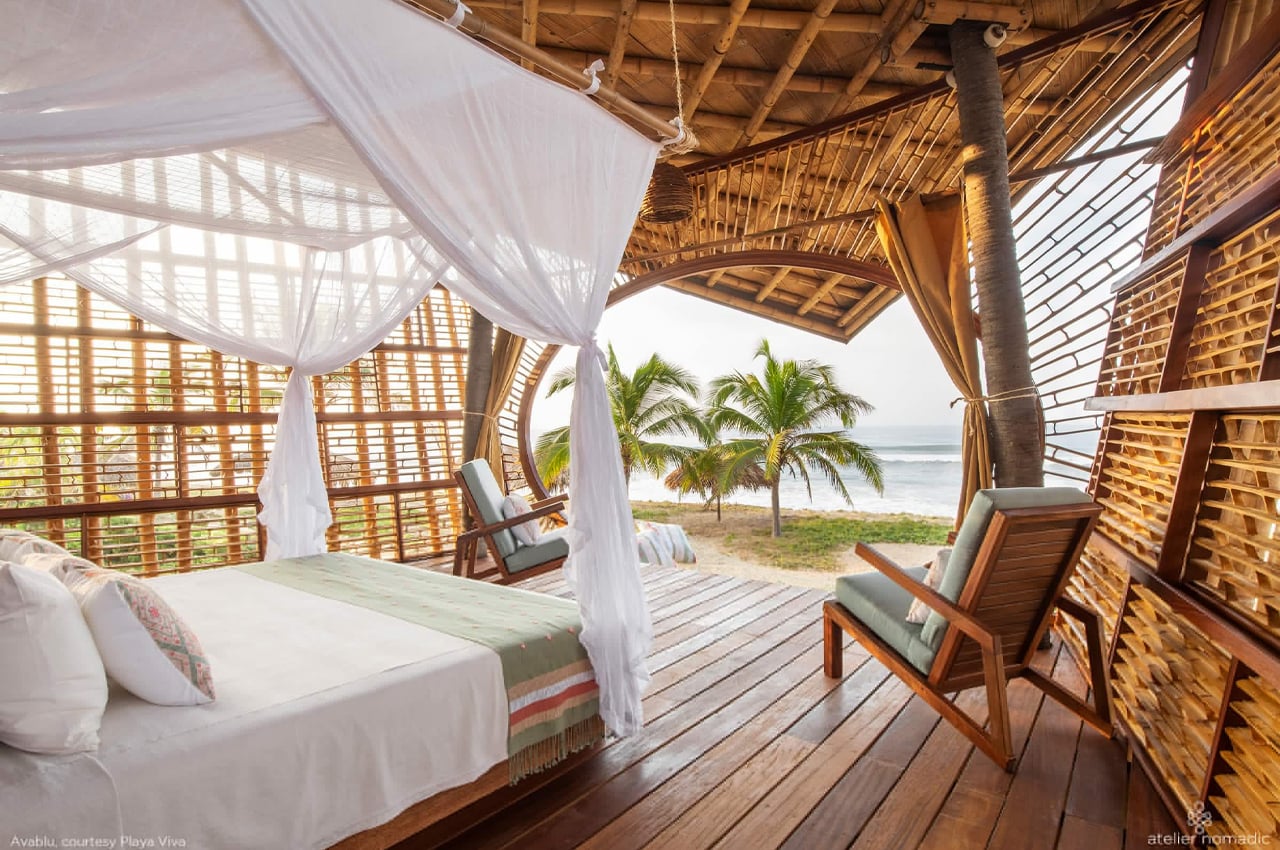
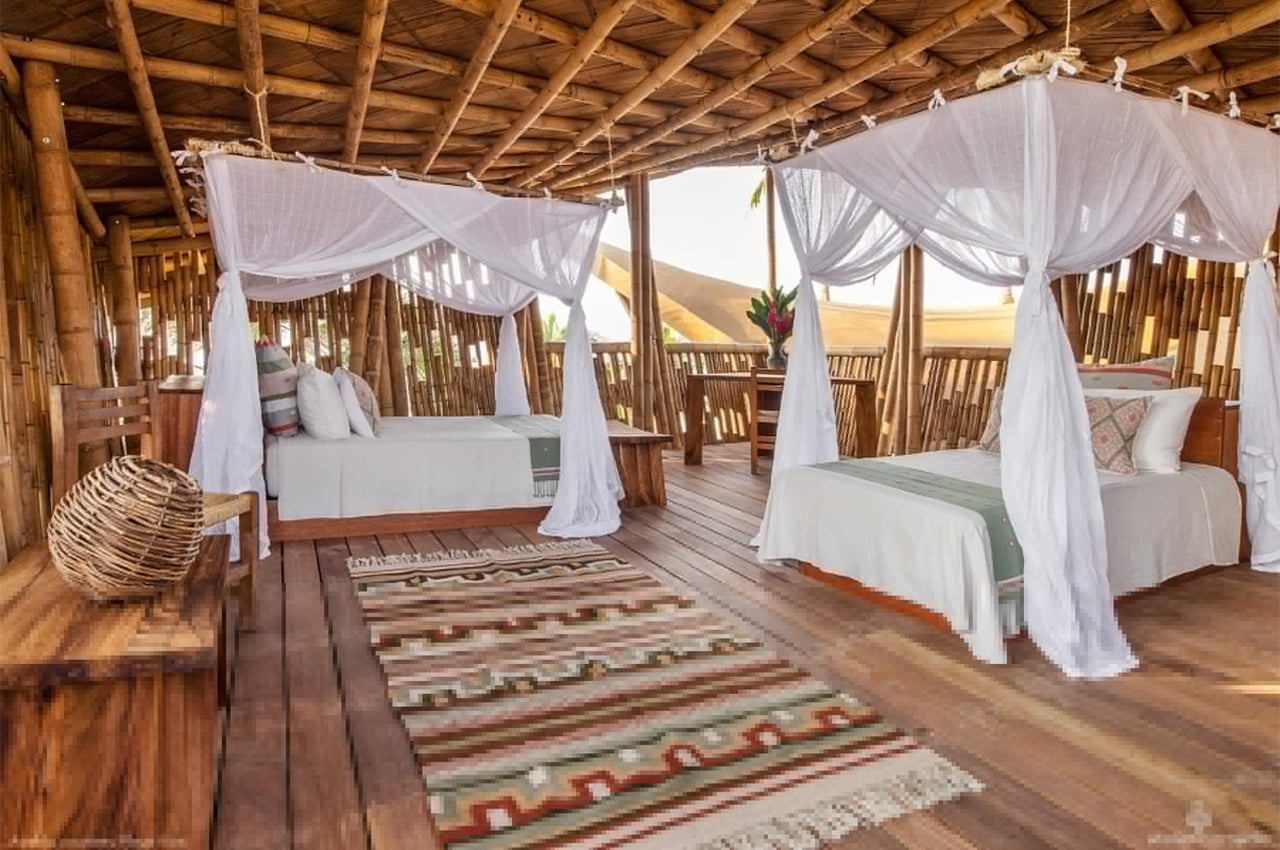
Chosen for its speedy regenerative process, Guadua bamboo comprises the build of each villa’s main living volume, roof structure, facade louvers, and ceiling. In the main living volume, guests can find the main bedroom and untouched views of the ocean, while enjoying natural cross-ventilation from the bamboo louvers. Besides Guadua, fishpole bamboo was used to give rise to Playa Viva’s annex building’s walls and facade panels. In each structure, Cumaru timber was chosen for the flooring. In the annex structures, Atelier Nomadic placed the bathroom and additional sleeping accommodation, or a lounge area.
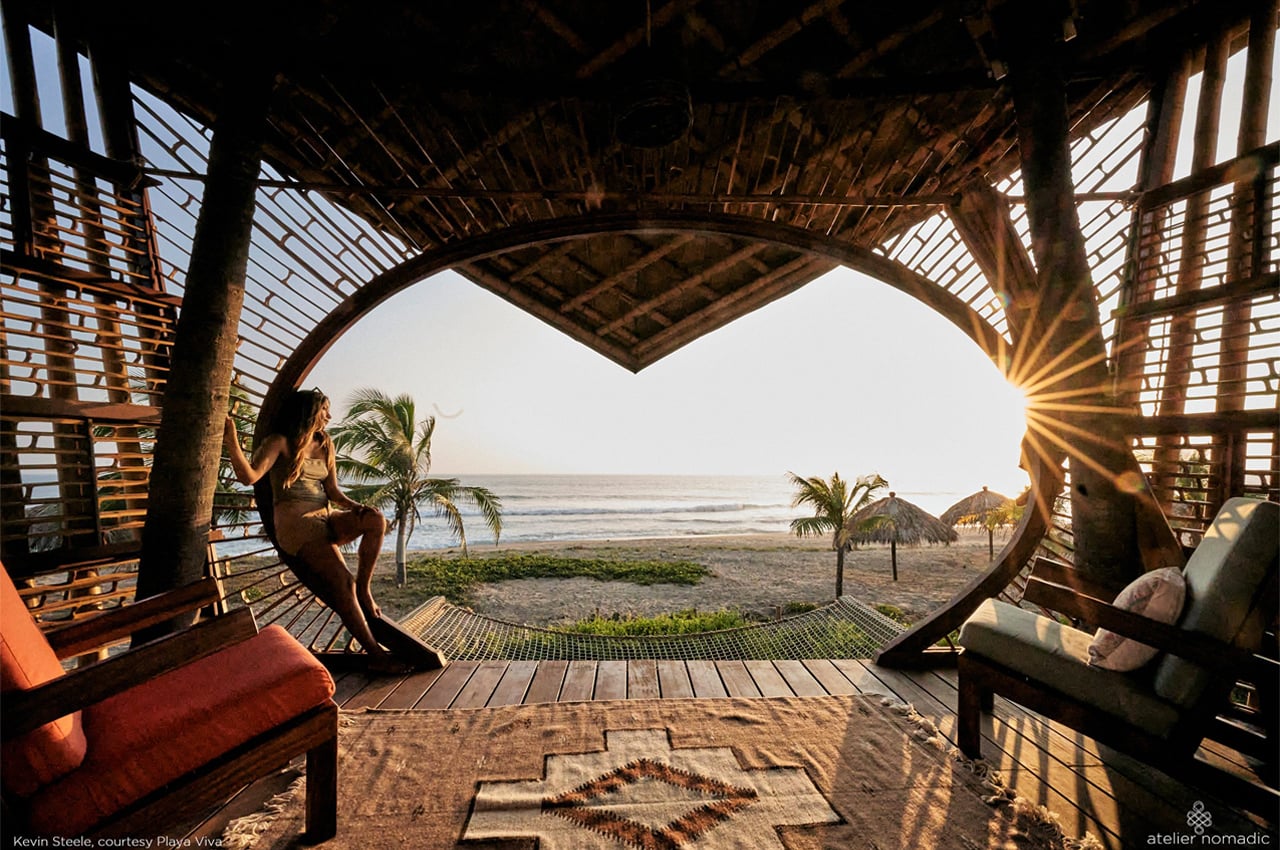
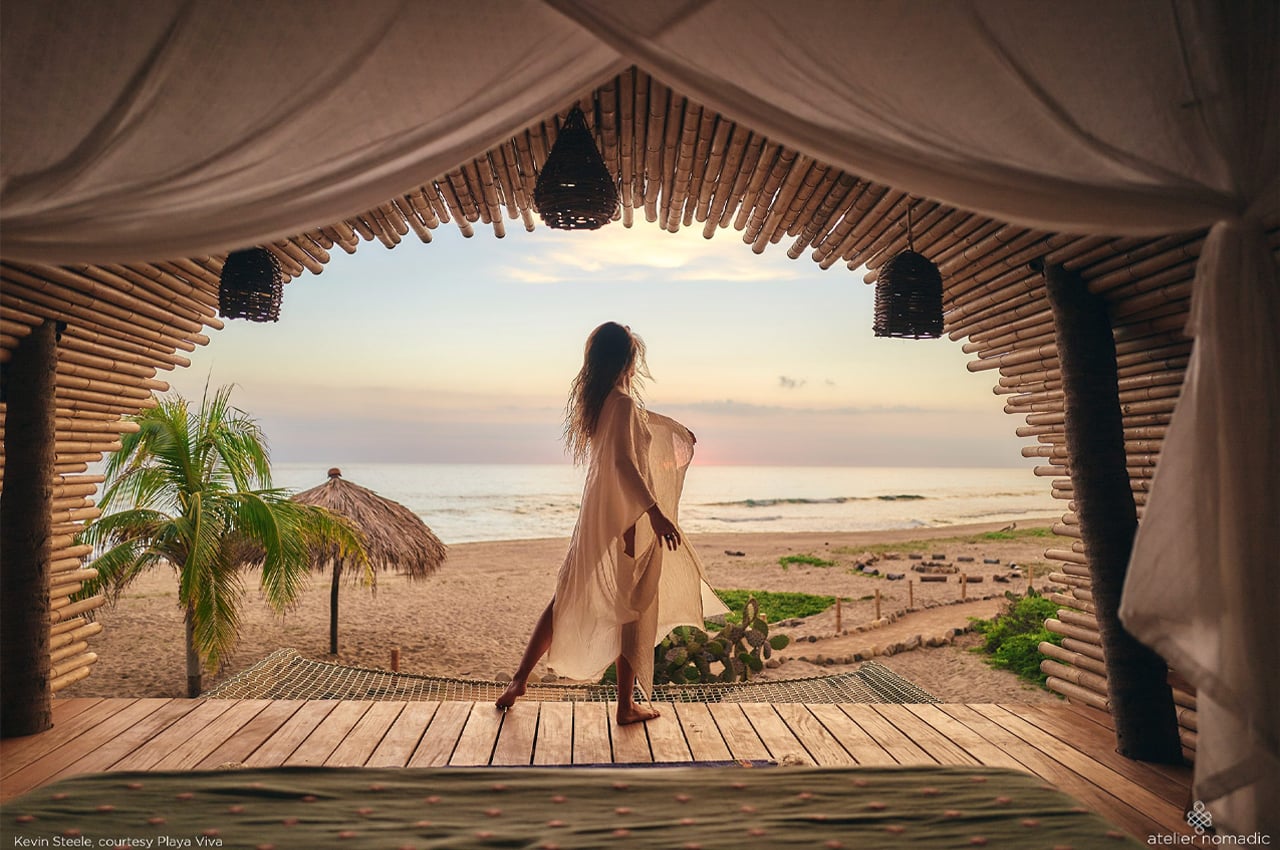
As part of Playa Viva’s eco-resort appeal and mission, each villa is entirely self-sustained, garnering energy from the sun to power each facility and amenity. In close collaboration with the local community, Playa Viva supports health and education services for locals and works on a year-round basis to restore the surrounding land. Offering access to the rugged, unspoiled beauty of Mexico’s land, Playa Viva also works hard to protect it through the La Tortuga Viva Turtle Sanctuary, a nonprofit organization rooted in sea turtle conservation.
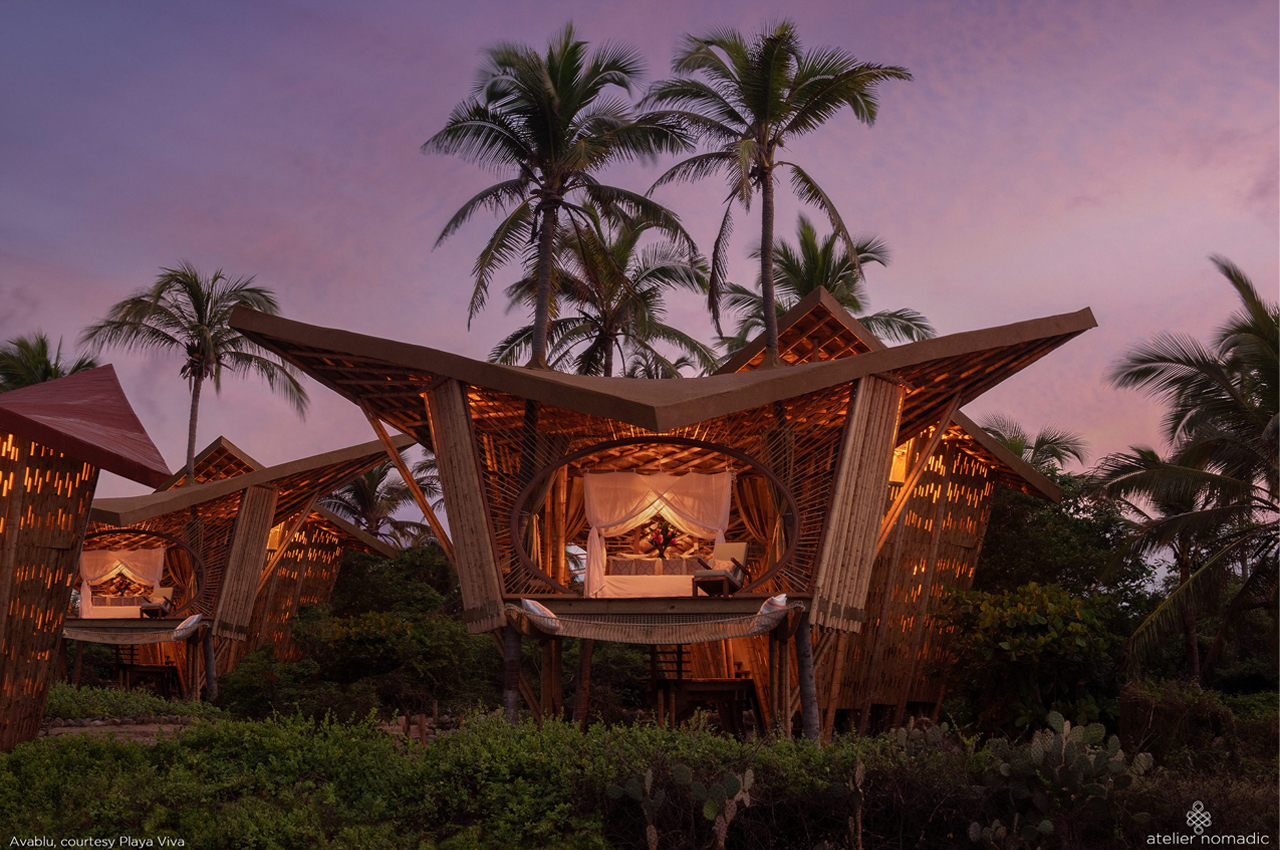
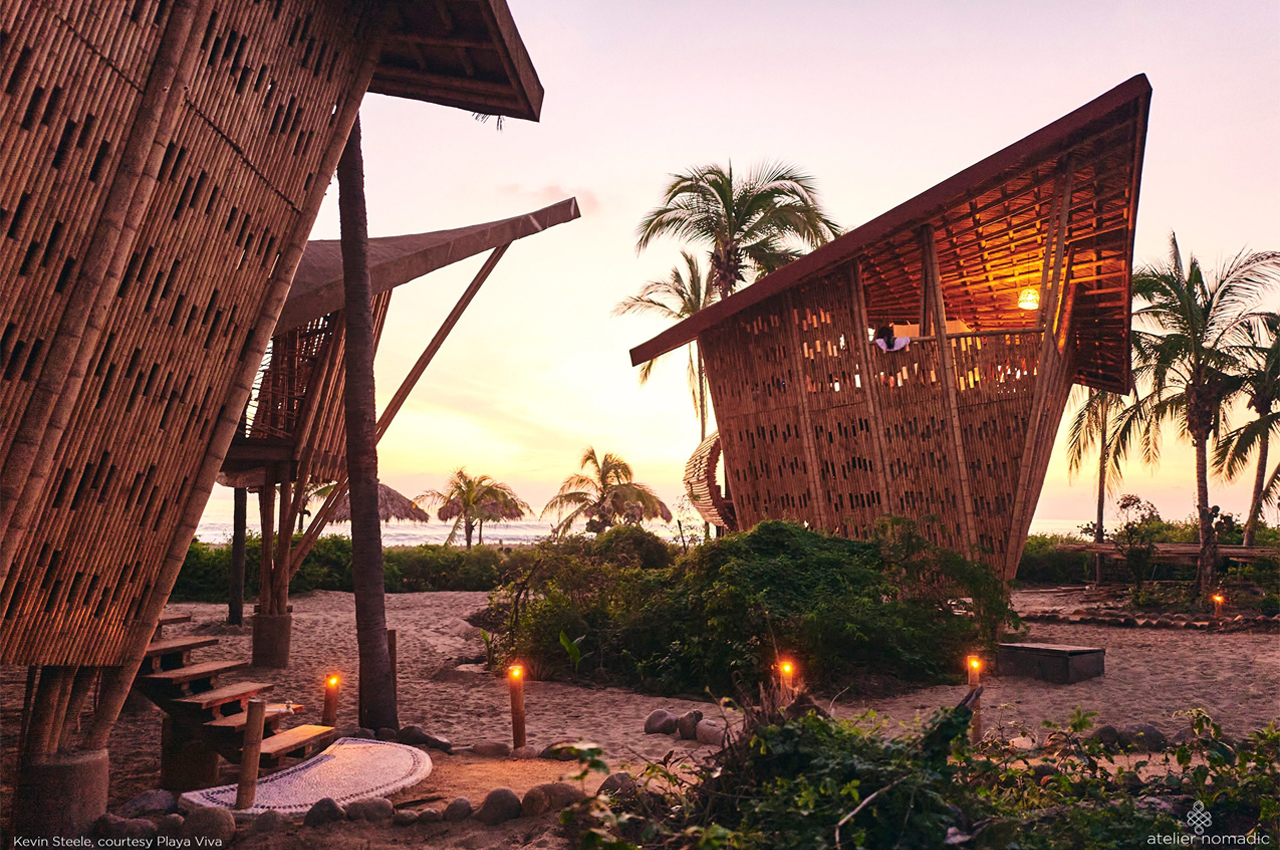
The post Off-grid treehouse style villas make up this eco-resort that takes inspiration from Mobula Rays first appeared on Yanko Design.
